‘Eclectic Grandpa, Electric Blue and Bows Galore’ – Ten of the Internet’s Fashion Trend Predictions for 2024
Long gone are the decades that are dedicated to specific trends; what punk was for the 1970s or the counter-cultural hippies were to1960s, for example. Today, with the advent of the internet and particularly with the acceleration of social media – trend cycles are fleeting, somewhat democratic and most of all, digitally-determined. Data analytics and algorithms shape consumer behaviour while cultural shifts are influenced by movements and discussions which largely take place in cyberspace. Yet, trends always (and arguably, most primarily) exist IRL, too. The internet is our interconnected mothership of information; from where we draw who we intend to be in the real world.
With the rapid dissemination of visual content across platforms like Pinterest and social commentary on Tik Tok, trend forecasting appears less as an insidious and secretive tool by brands and corporations; rather, we as consumers are engaged with this process. I think of trend forecasters like Mandy Lee (@oldloserinbrooklyn) who is a trend forecasting veteran in New York, whose social media presence feels like hanging out with a bestie that has inside knowledge.
So, the verdict is in – here are ten of the most discussed trends set to shape 2024; particularly for fashion, but also – for vibes (mob wife energy, anyone?)
Indie Sleaze is Staying
Predicted by trend-analyst Mandy Lee (@oldloserinbrooklyn) two years ago, Indie Sleaze is the nostalgic revival for the late 2000s and early 2010s; Tumblr is kicking off, nostalgia for 90s grunge is bubbling beneath the cultural surface and life is far less curated than by today’s standards. Coming to fruition as per Mandy’s prediction, it appears we are only scratching the surface of this revival. With a vagueness to it, Indie Sleaze captures a kind of disparate time – its pre-internet even though the internet existed – its youth culture, unconstrained and rebellious, in a new millenia. It’s joyful and nihilistic; with TV shows like Skins encouraging a generation of ‘wasted youth’ edginess.
Think Kate Moss at Glastonbury circa 2005, wearing muddy Hunter boots, slightly dishevelled and on the arm of a waif thin musician in a fedora (Pete Doherty, heroin’s sweaty poster-child). It’s Alexa Chung smoking a cigarette while wearing mary-janes and a babydoll dress (a reference to 90’s Mother, Courtney Love). It’s the ‘hipster’ aesthetic before the moustaches and clear Ray-ban’s; though these could certainly be up for grabs this year. As mentioned by Anya of the account @fashunadict, the 2010s is going to do for the rest of the 2020s what the y2k revival did for the first few years of this decade.
The Cheetah and Leopard Renaissance as Neutral Prints
When Wales Bonner dropped her latest Samba iteration with adidas – pony fur in leopard print – the rumours were confirmed. Leopard and cheetah print are back, and the girlies can rest, knowing the return of the busiest ‘neutral print’ that we have ever known. Nothing whispers more of bold glamour than the cat print; specifically, Nature’s chicest, leopard and cheetah. Mother Nature not only gives the richest print; she also makes it the most flexible, meaning that there’s little a cat print doesn’t go with.
Electric Blue to Take Crimson’s Crown
In December, TikTok creator Katie Romero (@thekatieromero) took us through Pinterest’s annual trend forecasting event in New York. As a user-generated visual library, Pinterest is especially unique in its role to forecast, archive and analyse trends; in fact, it’s one of the most important assets in looking at trends. Especially as their digital moodboards are curated and ‘pinned’ by real people, in real time. So, Katie showcased that the team at Pinterest have detected increased searches for a variety of things; this one in particular, is the replacement of ‘a pop of red’ with electric blue. Or, as I say, the colour of Yves Saint Laurent Marrakech home, Fondation Jardin Majorelle.
Eclectic Grandpa is the new Preppy
Another prediction by Pinterest – Eclectic Grandpa is a more vintage, authentic expression of ‘preppiness’. Its loafers and boxer shorts, cosy and strange knits – its being a grandpa with great taste (especially in mid-century furniture, novels and gardening) and enjoying life with comfort. Personally, I am here for it – because it recycles the loafer, sambas and boxer short phenomena, extending the life span across a variety of key pieces that many of us might have already invested in. What’s in a name? The potential to be conscious consumers.
Coquette’s Bow Mania Continues
Coquette is as much a socio-psychological phenomena as it is a fashion one (how distinct the two are from is a topic for another day) and refers to a specific manifestation of ideas around girlhood, womanhood – femininity – and its expression through fashion. At first glance, coquette appears as a naive attempt for child-like innocence; pastels, ruffles and delicate things – deeper, though, seems to be subversion of femininity and the doll-like expectations that women have faced since time immemorial. Aesthetically, its big, satin bows – small velvet ones – basically, the Sandy Liang effect. Its exaggerated femininity – yet by no means traditional. Its Lana Del Rey musings for a time one never actually existed in; for me, I think firstly of Sofia Coppola’s The Virgin Suicides, one of the greatest films ever made and a portrait of girlhood as tragic, tender and inarticulable. Trend forecasters predict that the influx of bows stemming from Coquette will remain – long after our attentiveness toward girlhood wanes.
Clean Girl is out, Mob Wife is in
Get ready to channel your inner Carmela Soprano; because clean girl is out and ‘mob wife’ is in. The clean girl aesthetic, embodied by celebrities such as Hailey Bieber, are markers of a woman well taken care of; its sleek, gelled buns, flawless skin, minimal accessories and clean, tailored pieces. The clean girl aesthetic is the ‘investment banker’ energy of fashion; and mob wife, set to sweep 2024, is the gangster energy. Take ‘being well taken care of’ and imagine yourself dressing like the man (woman, or you) in your life would die by the sword to get whatever you wanted? Yes, mob wife aesthetic is THAT bold and THAT glamorous; it’s the faux furs, the stacked jewellery, the bold lip colour – its opulence and richness as an antidote to the restrained ‘quiet luxury’ trend of 2022 and 2023. It’s Michelle Pfeiffer in Scarface – sexy as hell and unapologetic as can be.
Adriana wearing the iconic tiger-print onesie in ‘The Sopranos’. Courtesy of Alamy.

‘Mob Wife Energy’ Opulence, by Marlen_Stahlhuth, courtesy of DTS.
Fur is Back, Vintage or Faux
The return of fur is both a ‘mob wife’ and ‘indie sleaze’ phenomena; and it’s a contentious one, too. Supposed to be a thing of the past, it seems fur is back – though, only faux or vintage furs. I had a bunch of fur coats in the early 2010s (there used to be a great place to thrift fur in Salt River) and perhaps, I am pinching myself for giving them away with reckless abandon. I am not here to spark an ethical debate on this trend; simply to communicate that, it seems can’t shake our penchant for the fabric itself.
Golden Eyes and Glitter
What chrome was to 2022 and 2023, it appears gold will be to 2024; think glitter eyes make, in shades of amber and gold. Think the warmth and light cascading across this year, reflected in our make-up; we love the switch up of our Mother minerals, silver and gold – mix and match, perhaps?
Dainty Shoes Supercede Chunkiness
Ballet flats are here to stay, along with kitten heels and the hybrid sneaker-sports-pump; basically, forget anything chunky ever existed and make sure the platform you have is MINIMAL – dainty shoes are in, chunky heavy shoes are *out*. Tying into coquette, indie sleaze and with slivers of y2k revival; when shoe shopping, think sharp, clean and snatched silhouettes; and go wild on colours, materials and details.
Fashion’s Quality Crisis will Be Irrefutable
Less fun yet very important; trend-forecaster Mandy Lee (@oldloserinbrooklyn) has been discussing the inescapable truth that we are facing, with the rapid loss of quality in fashion and how we, as consumers, have traded longevity for the fast-fashion, devastating practices of corporations. The clothes we buy are cheaper but they also fit terribly, prone to falling apart (even when well taken care of) and the material blends are becoming more and more dodgy. This could mean that any push towards thrifting, upcycling and DIYing (learn to sew, I promise it’s the best) will only increase; as consumers decide to take matters into their own hands as a response to an overall dissatisfaction with their usual retail platforms.
Written by: Holly Beaton


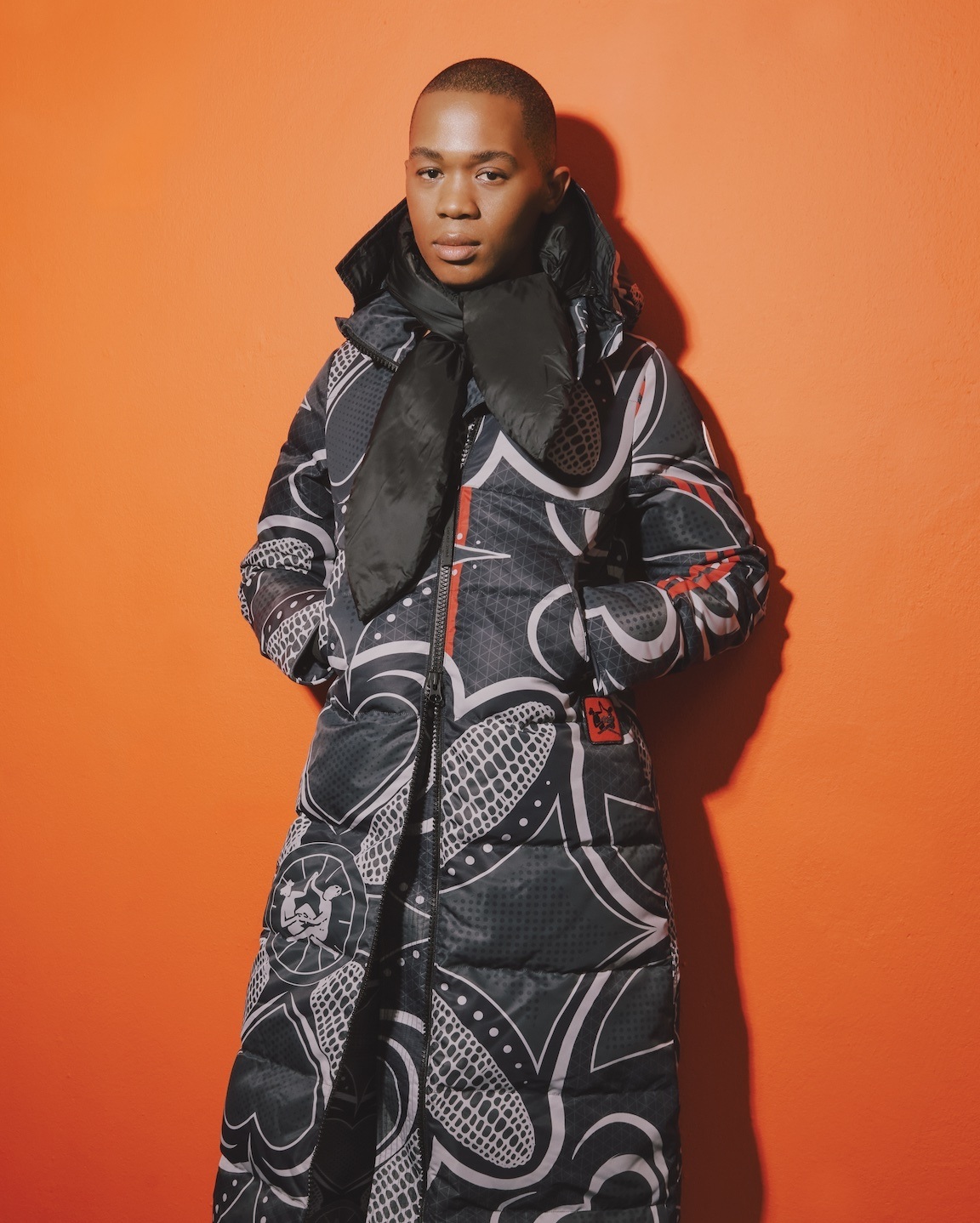


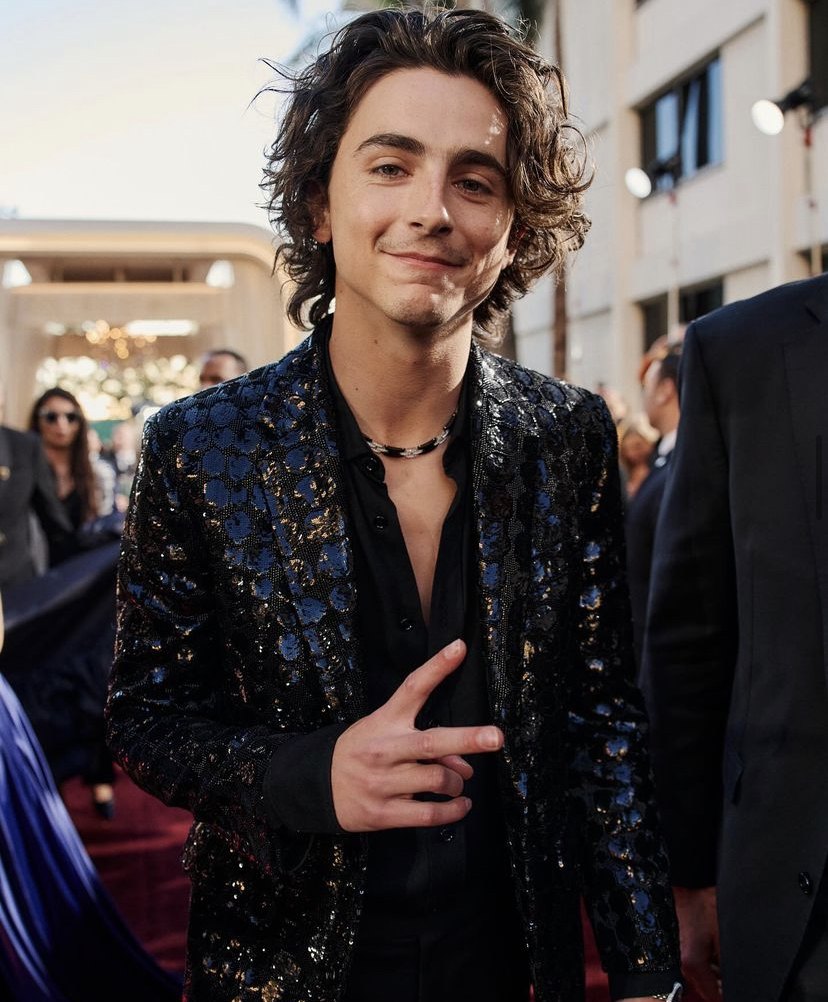
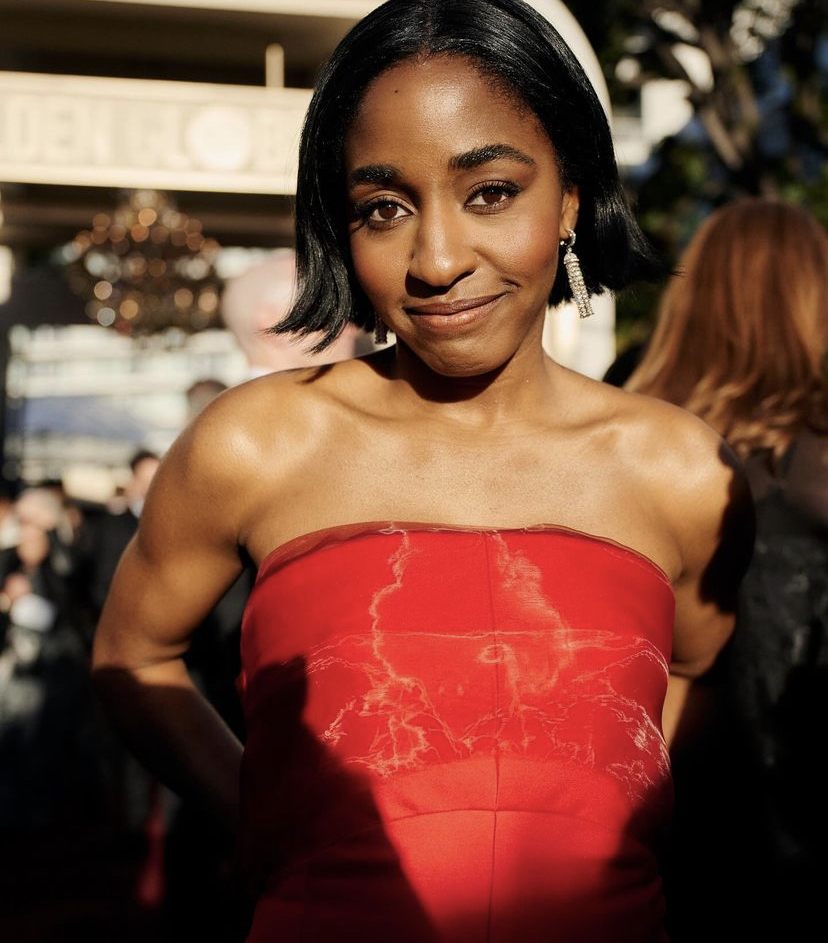

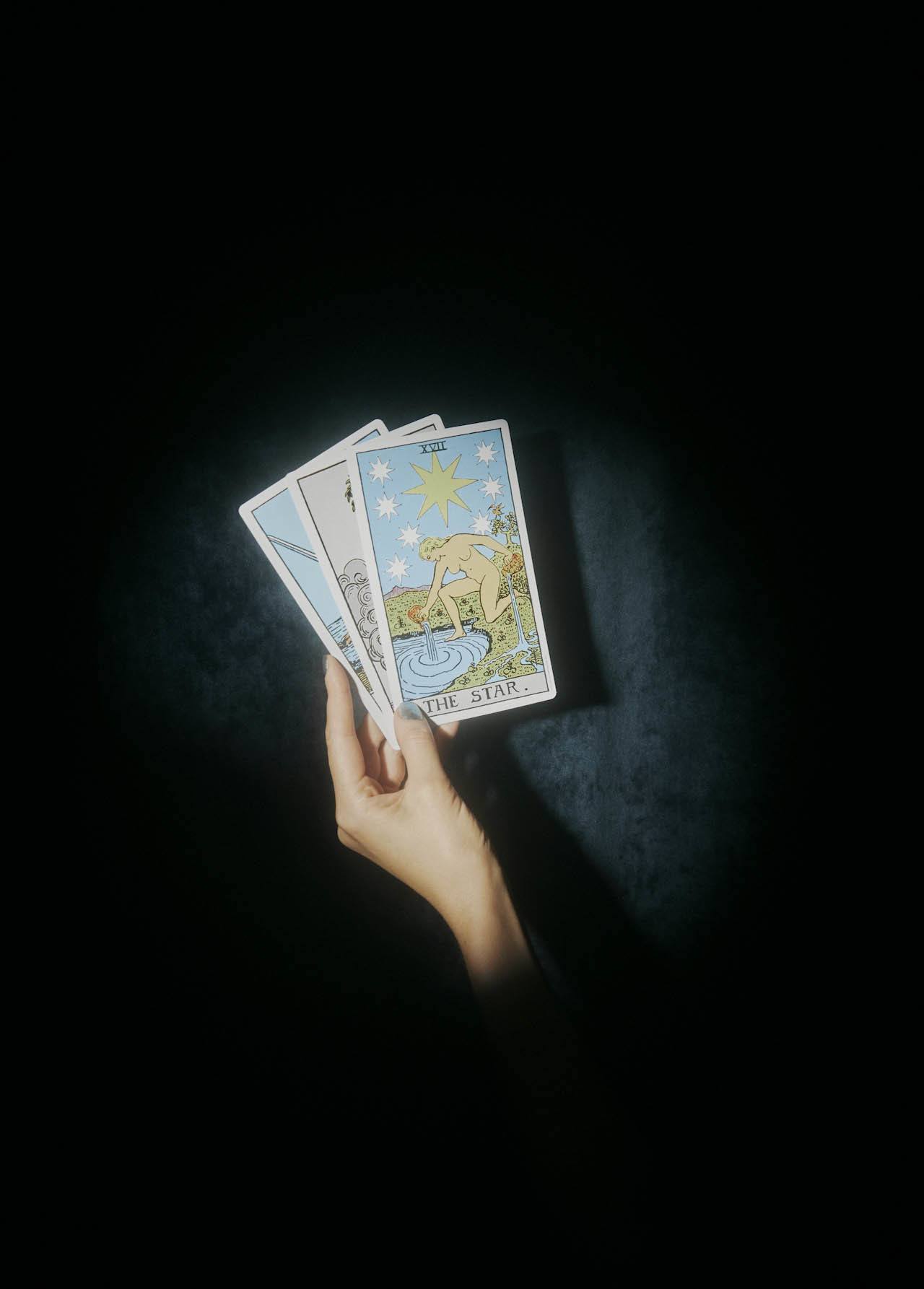
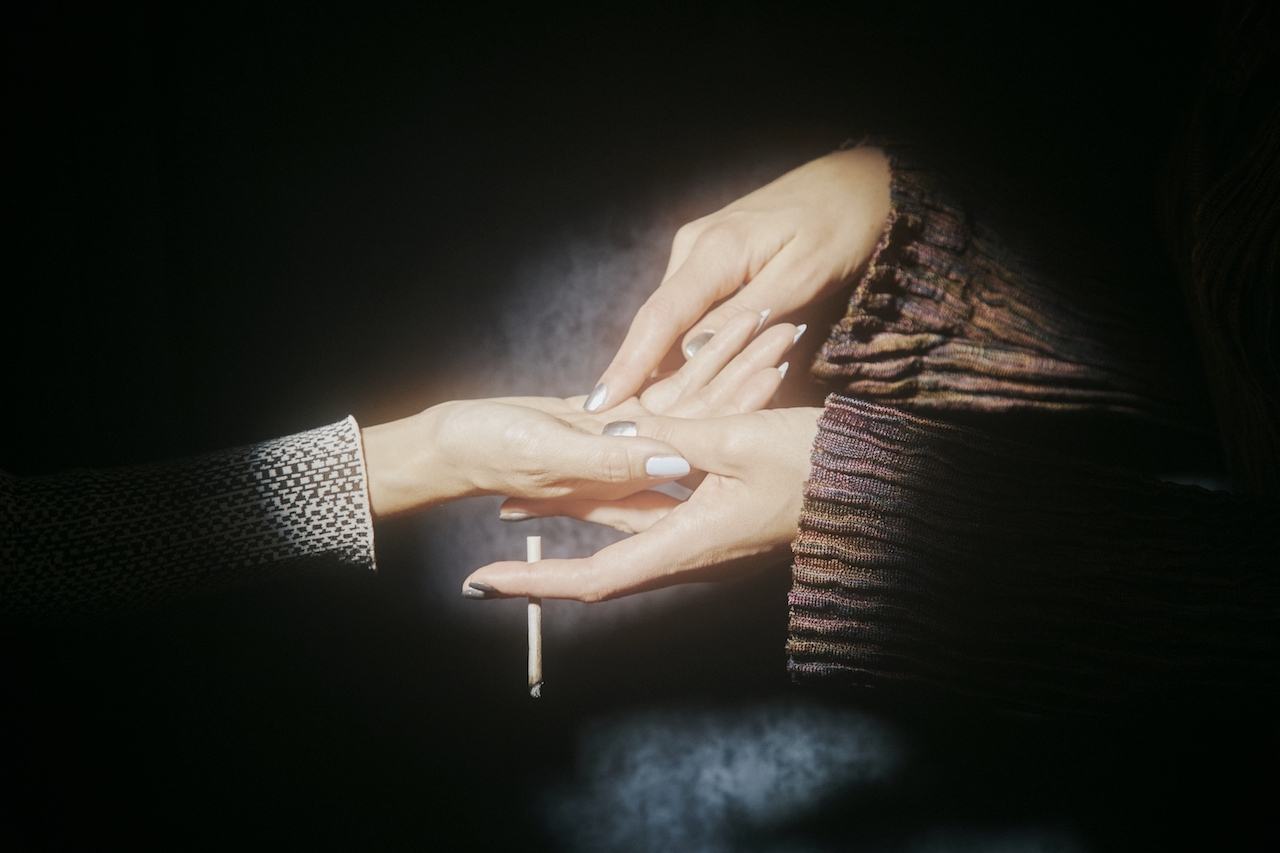
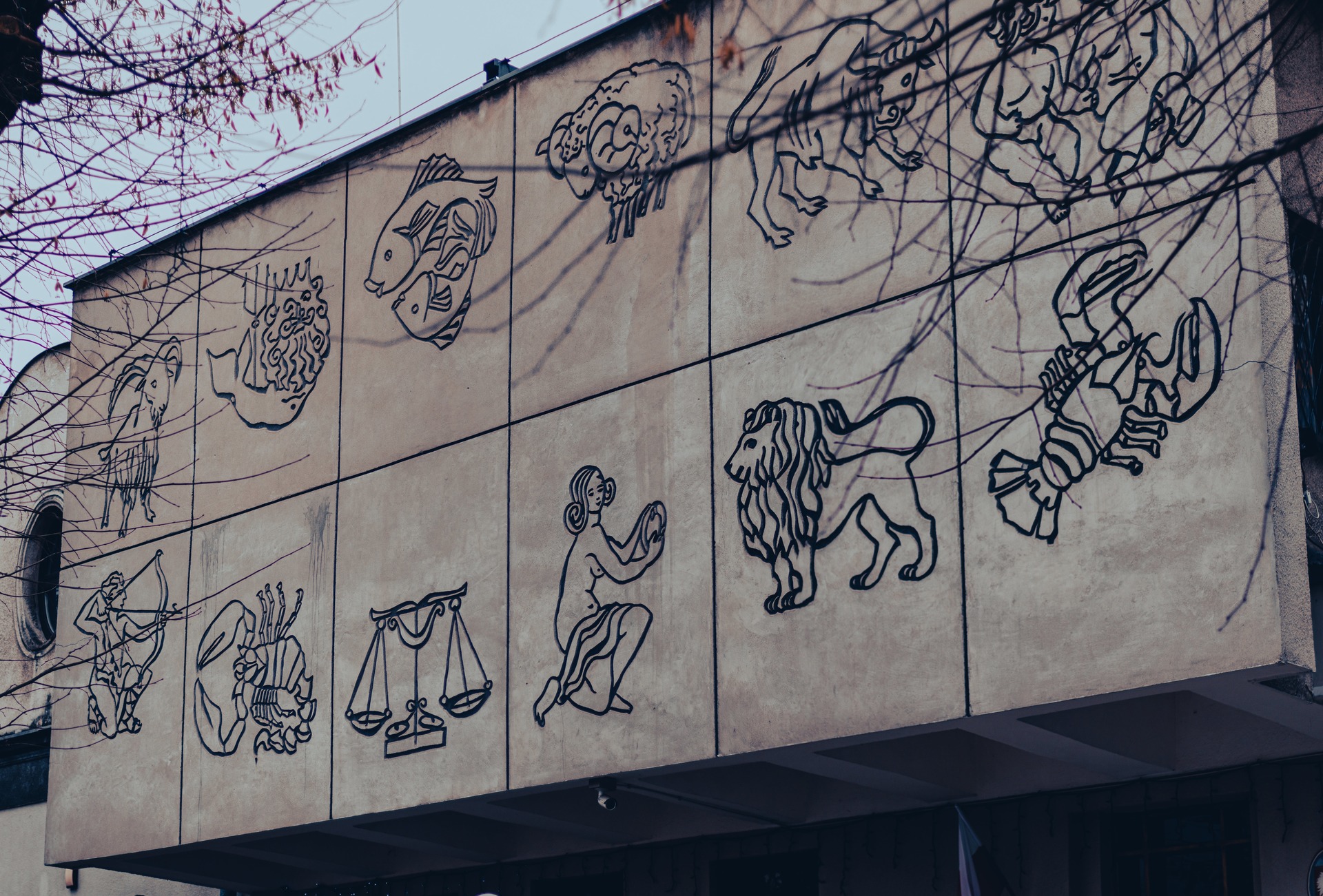
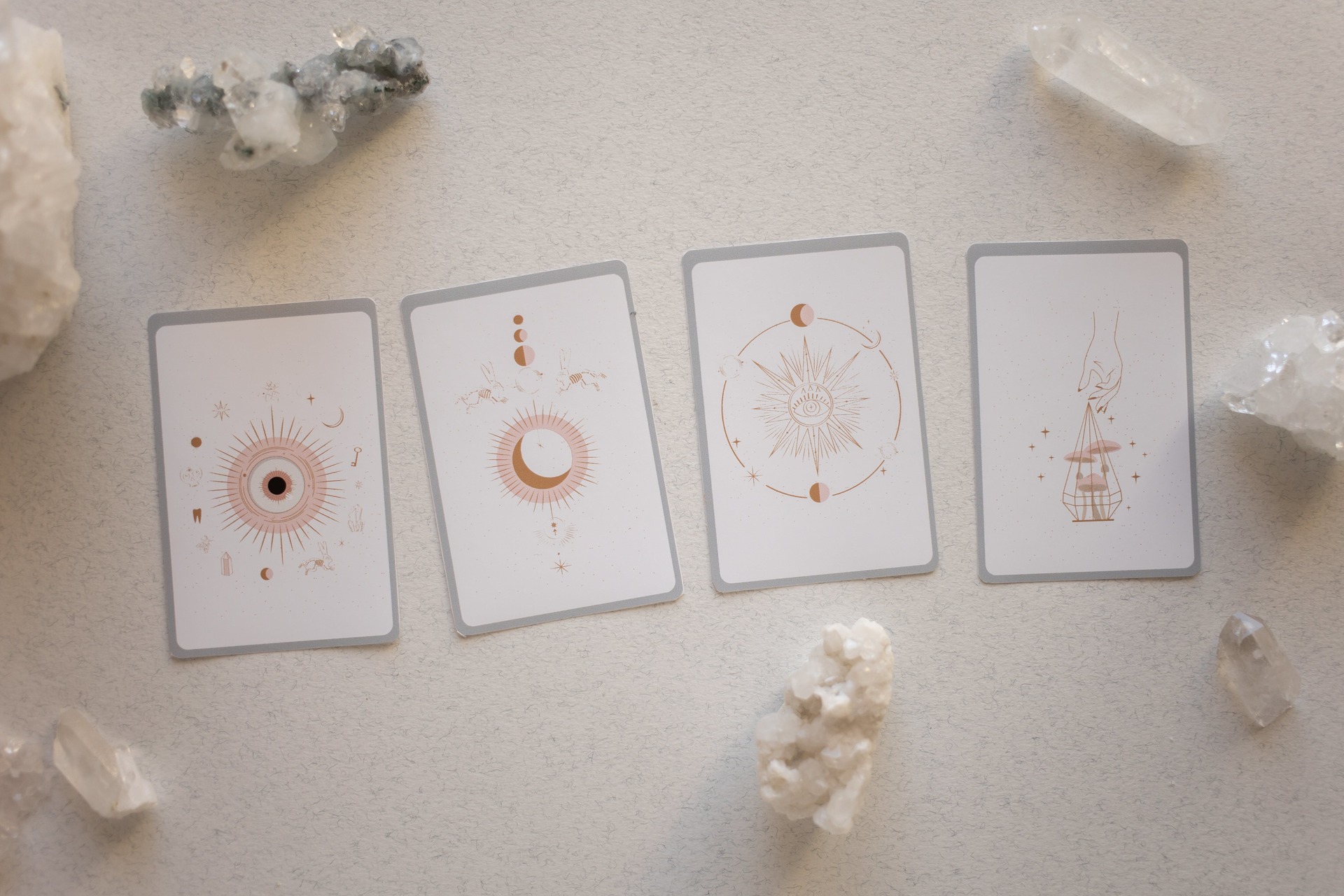

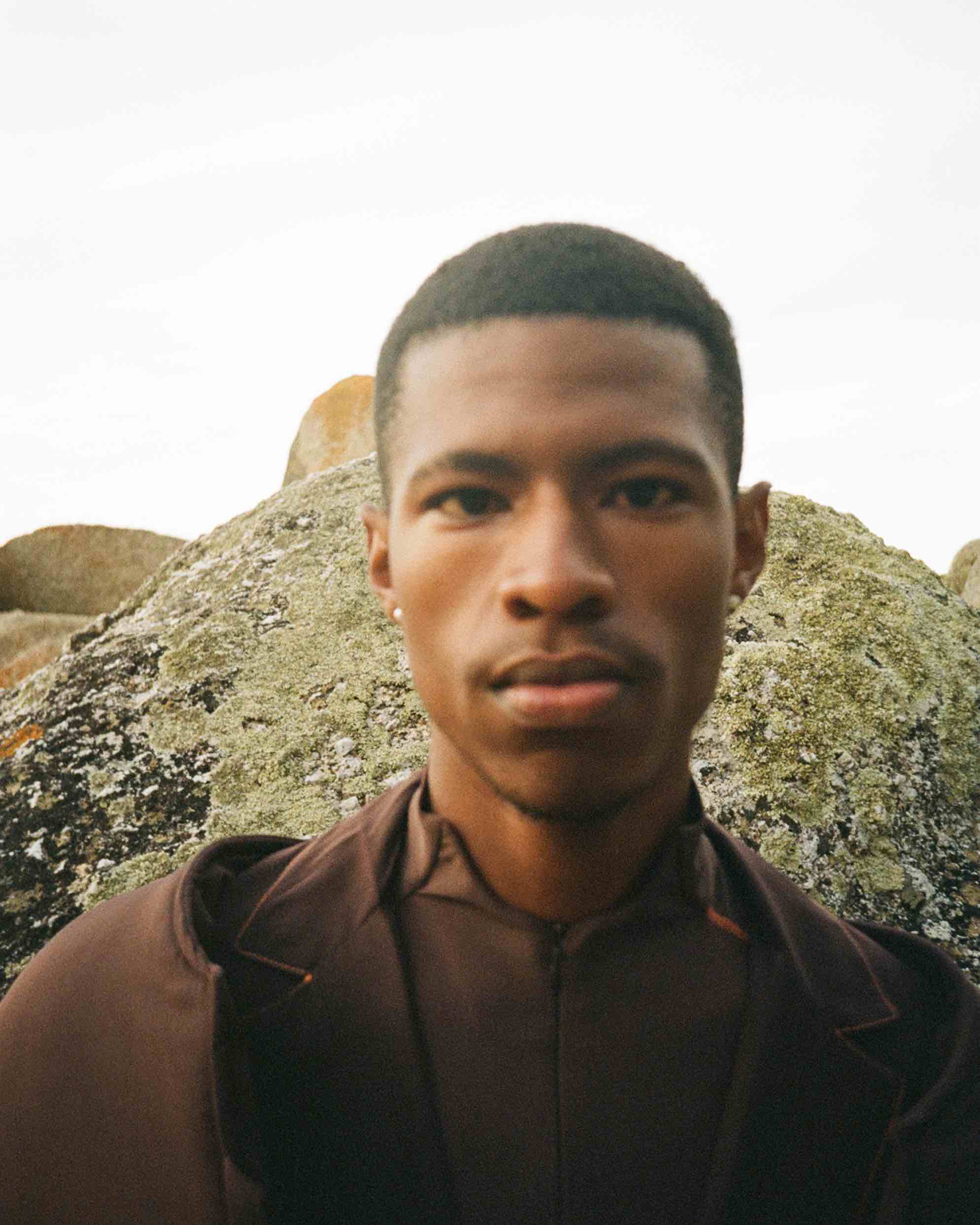

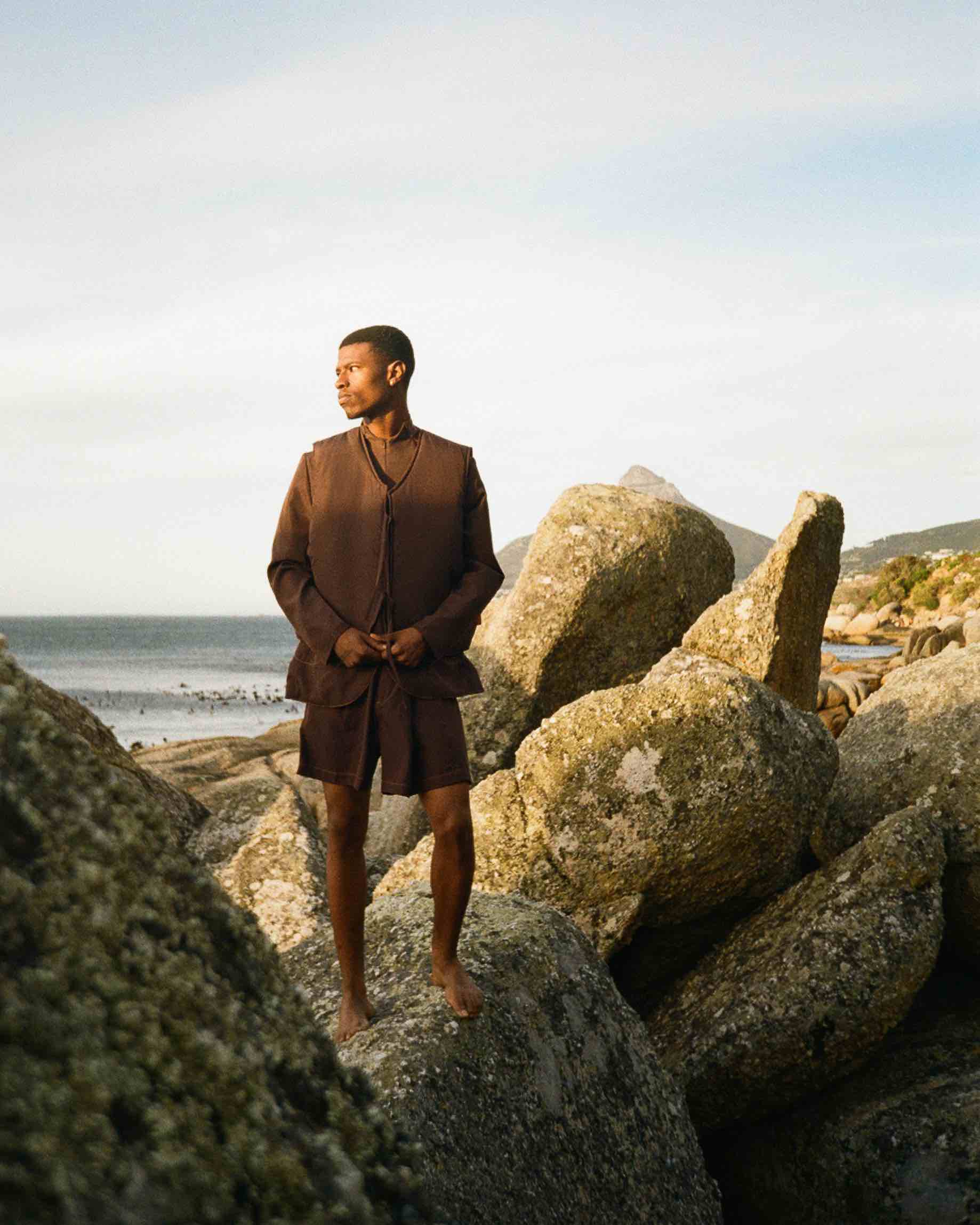

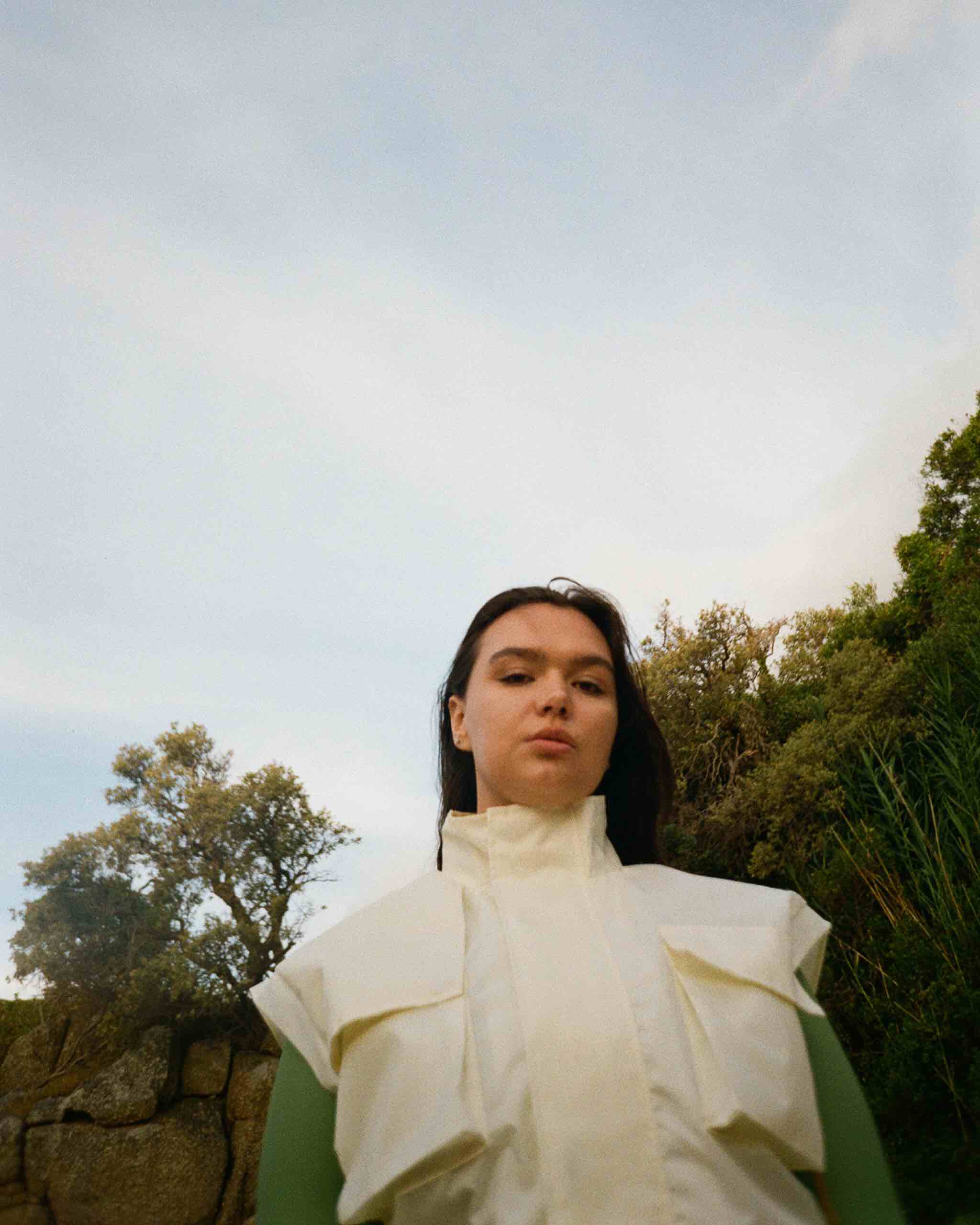
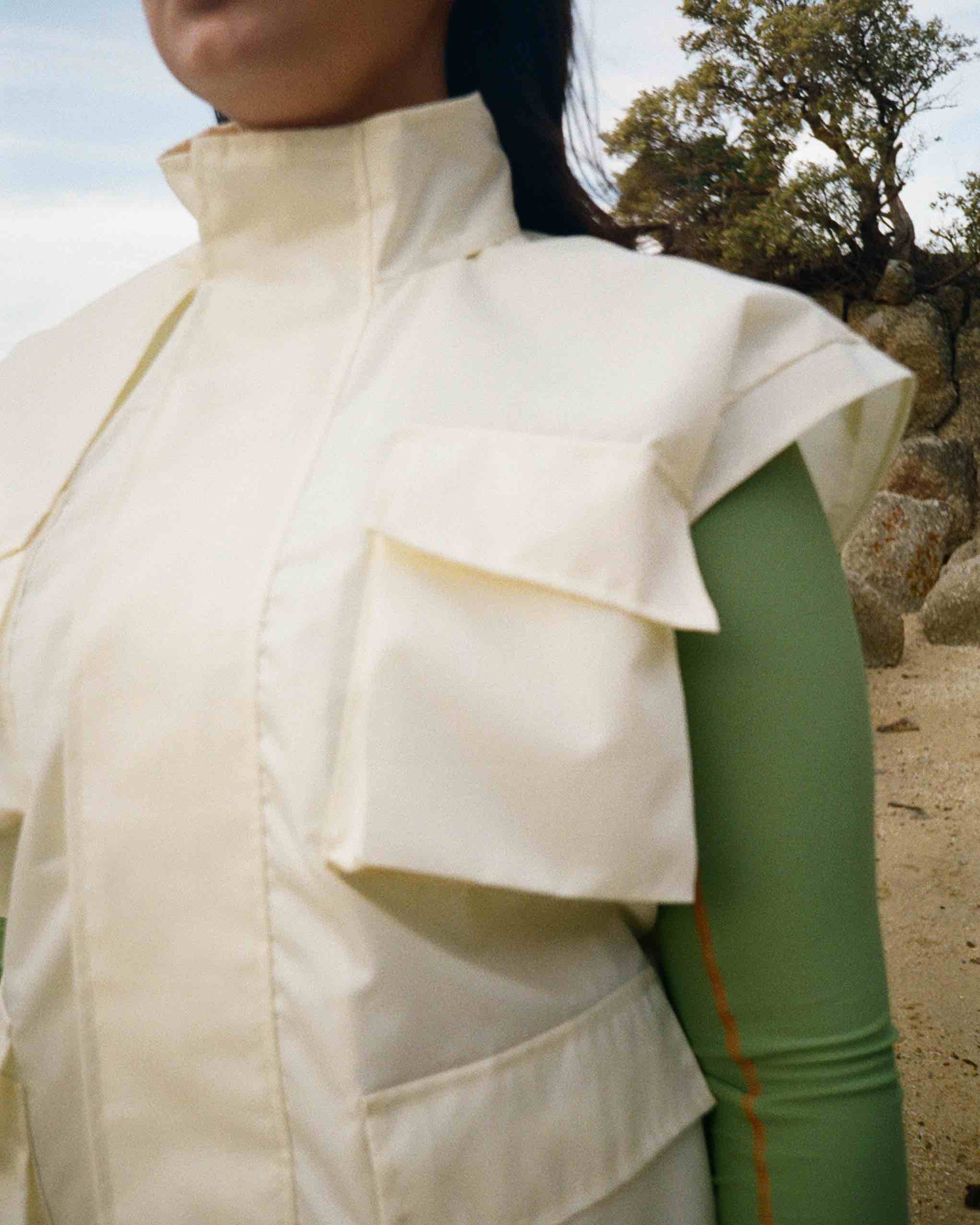

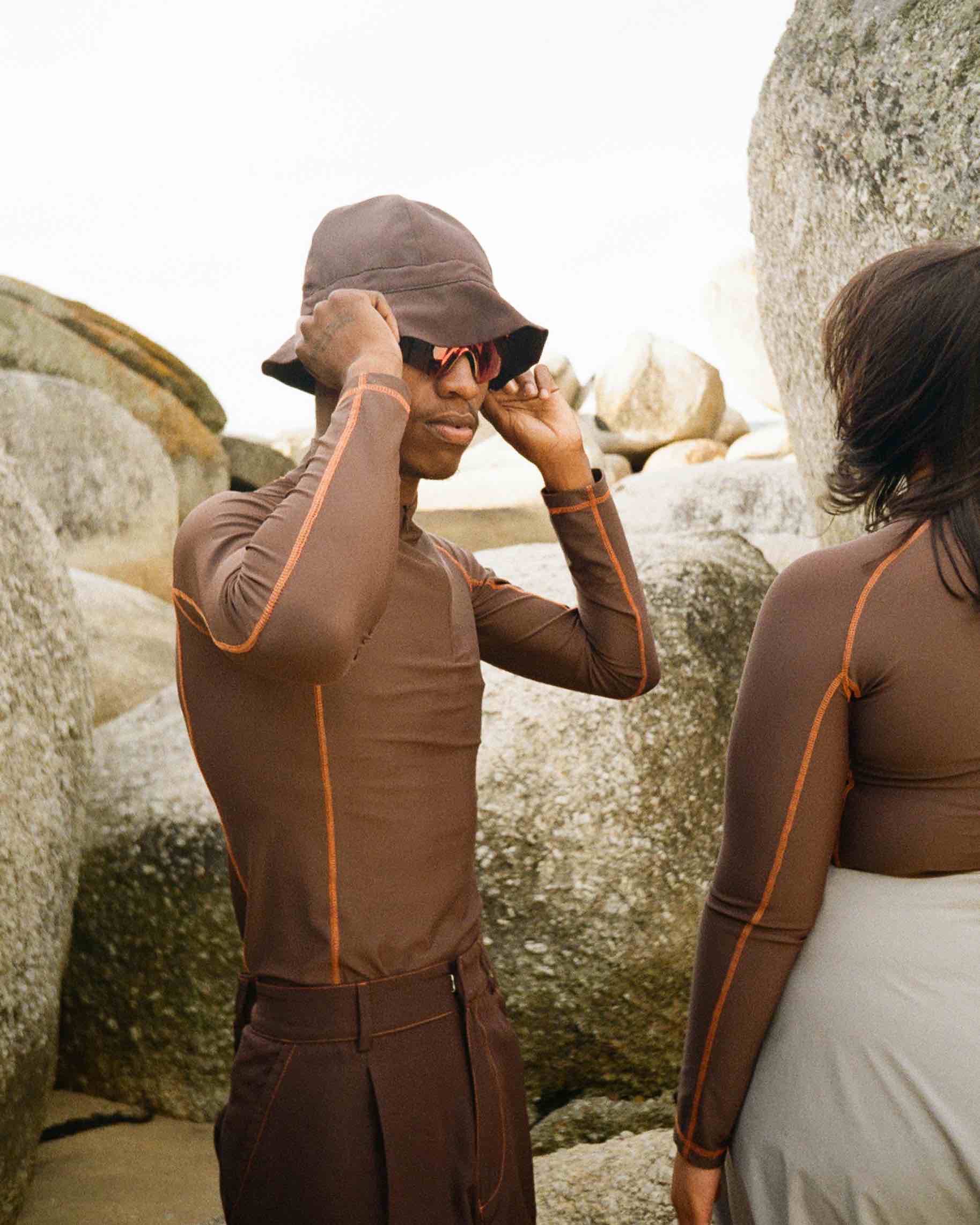



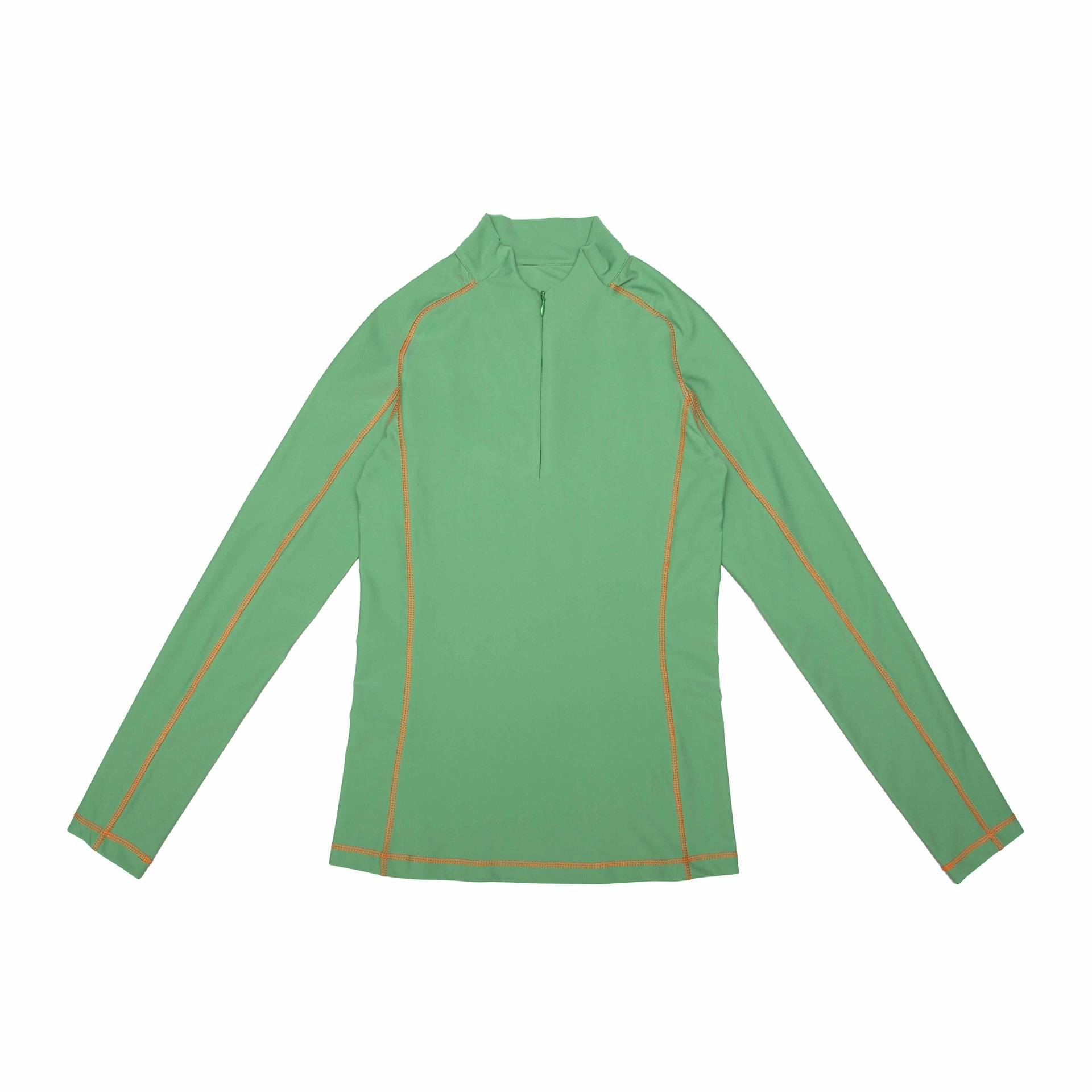




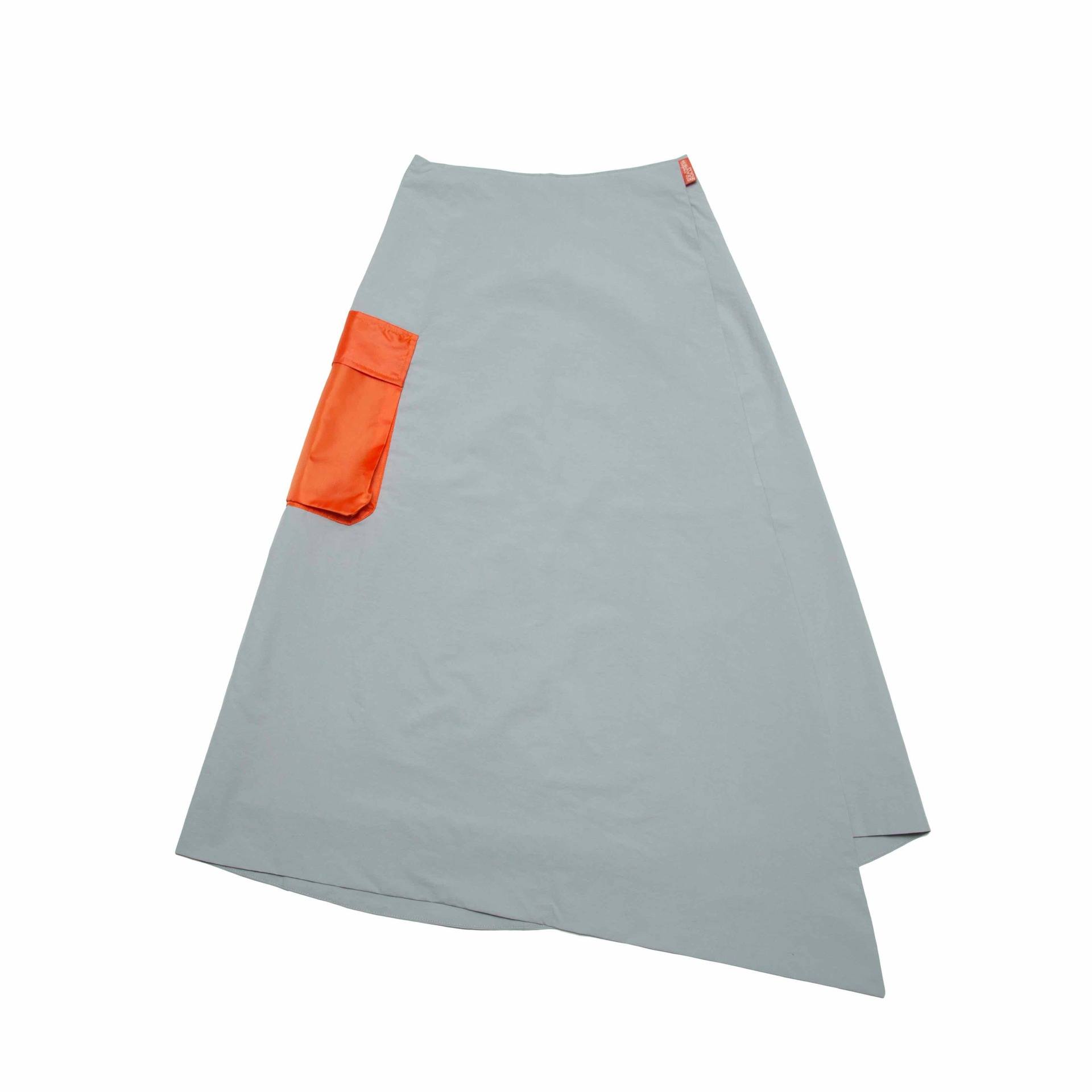
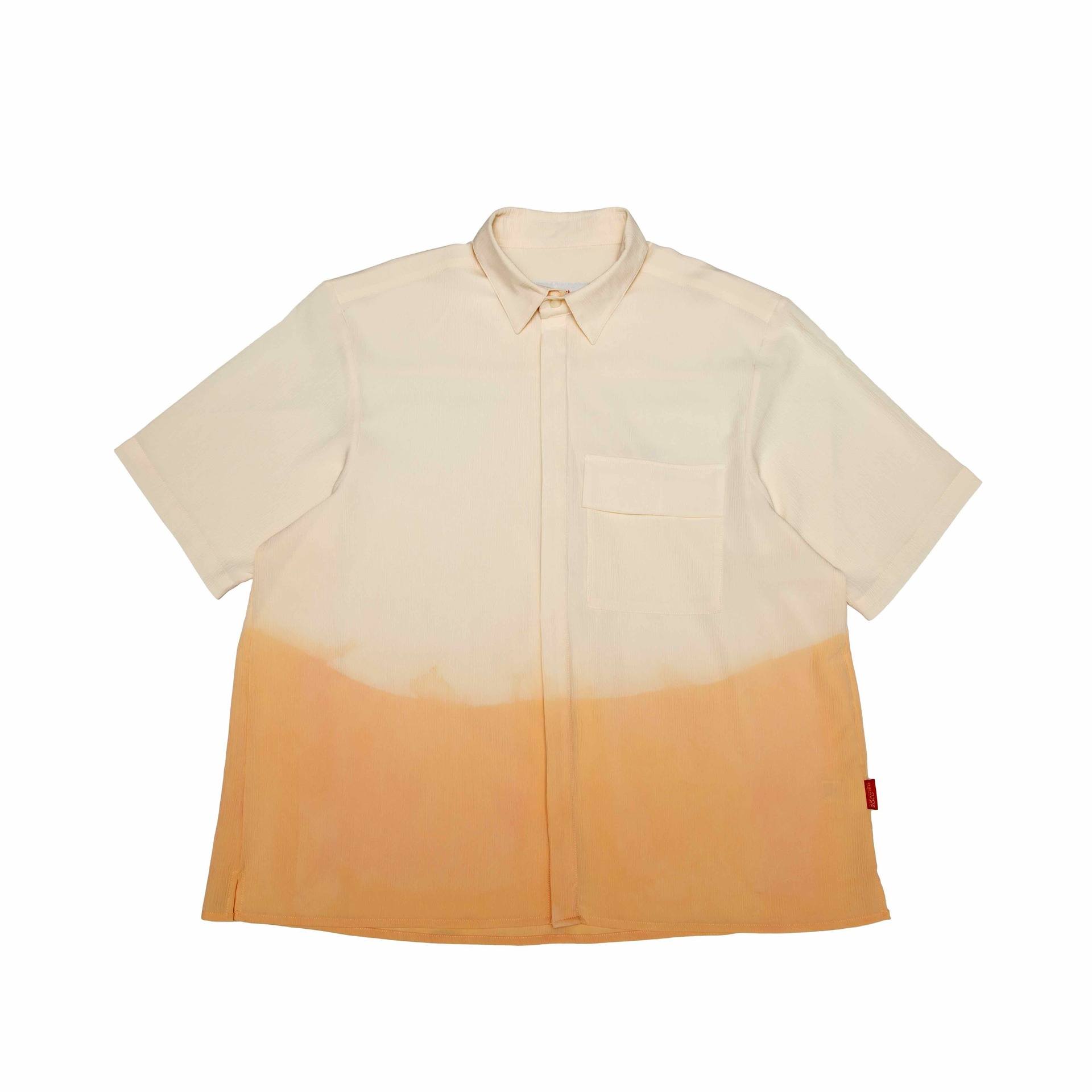


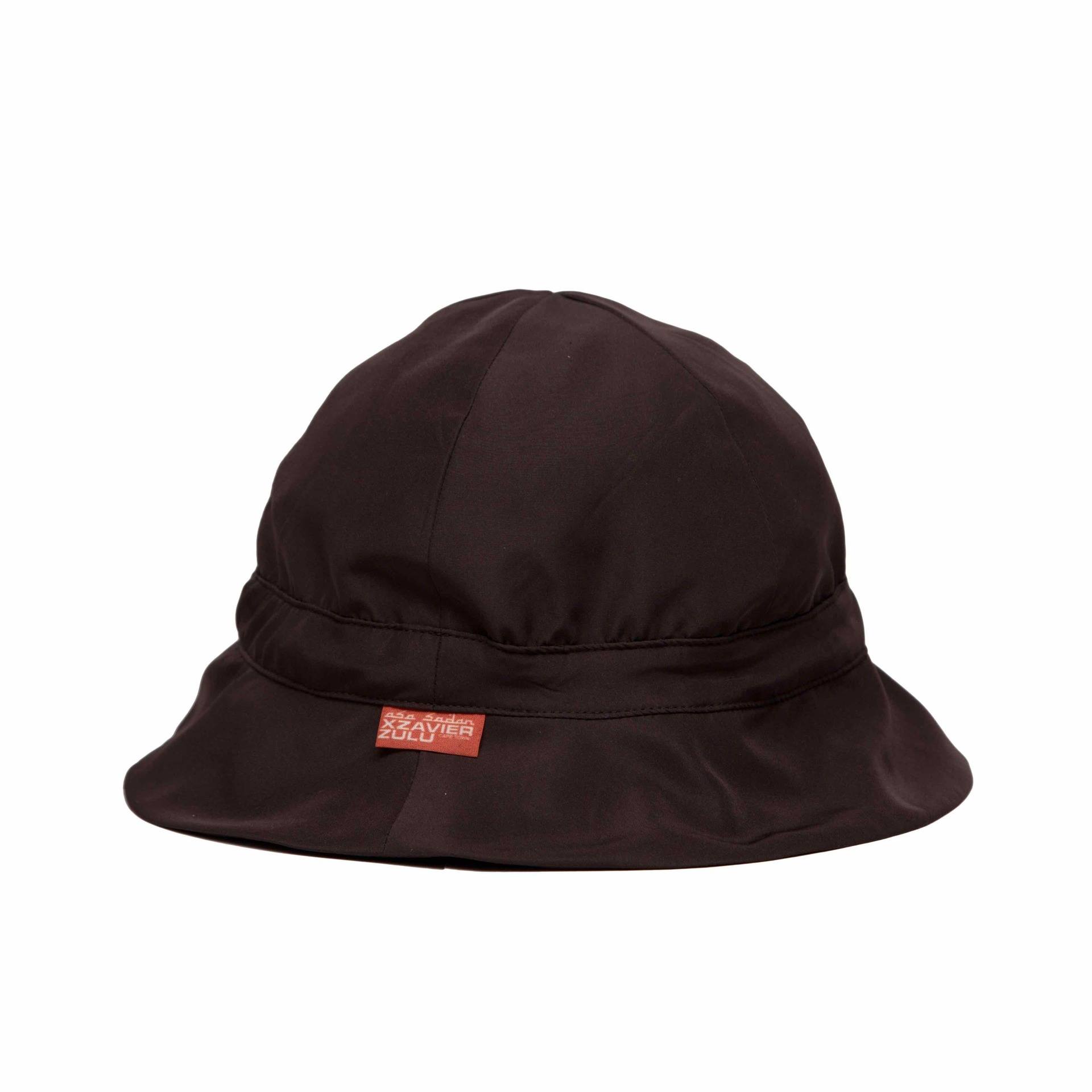








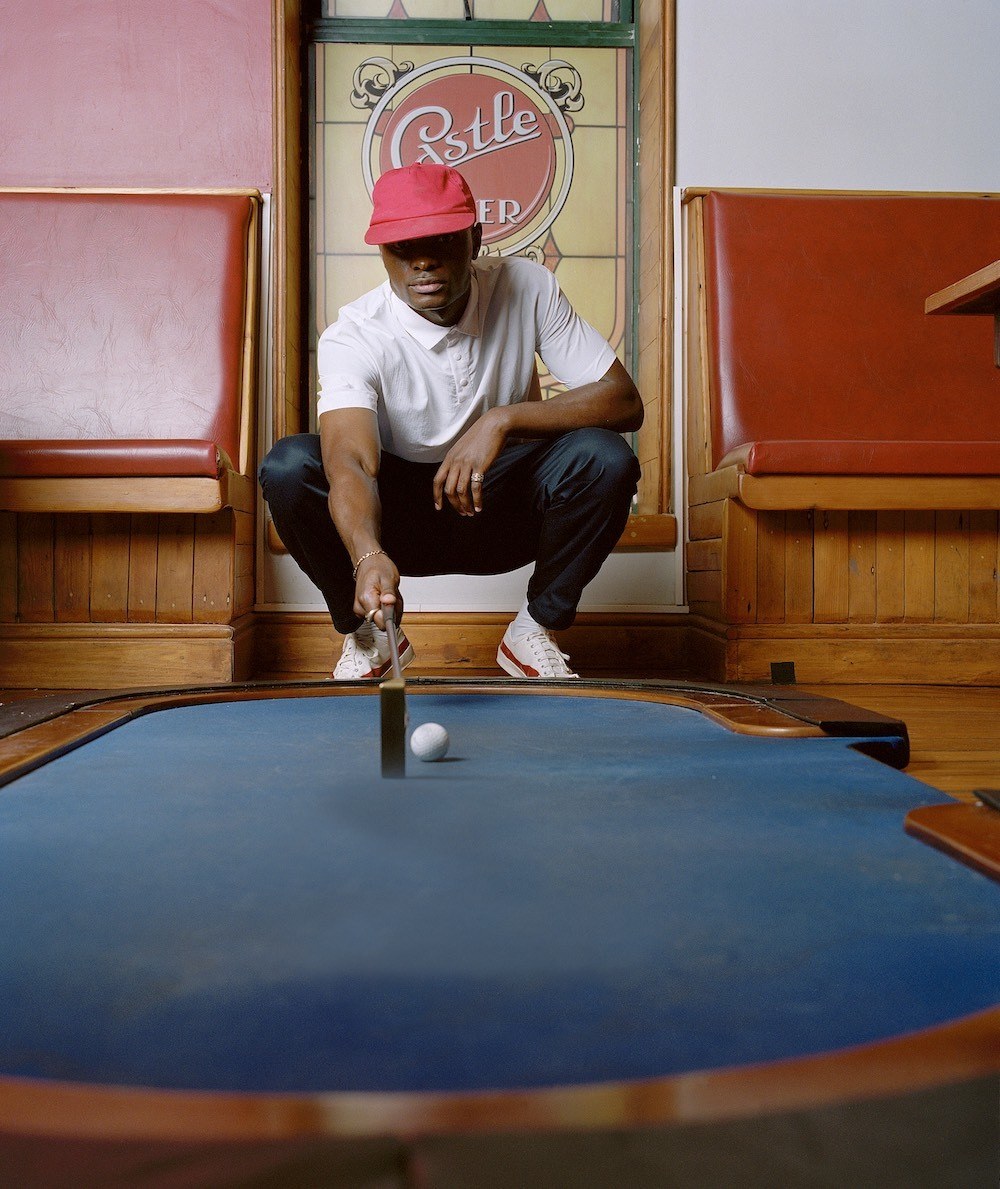



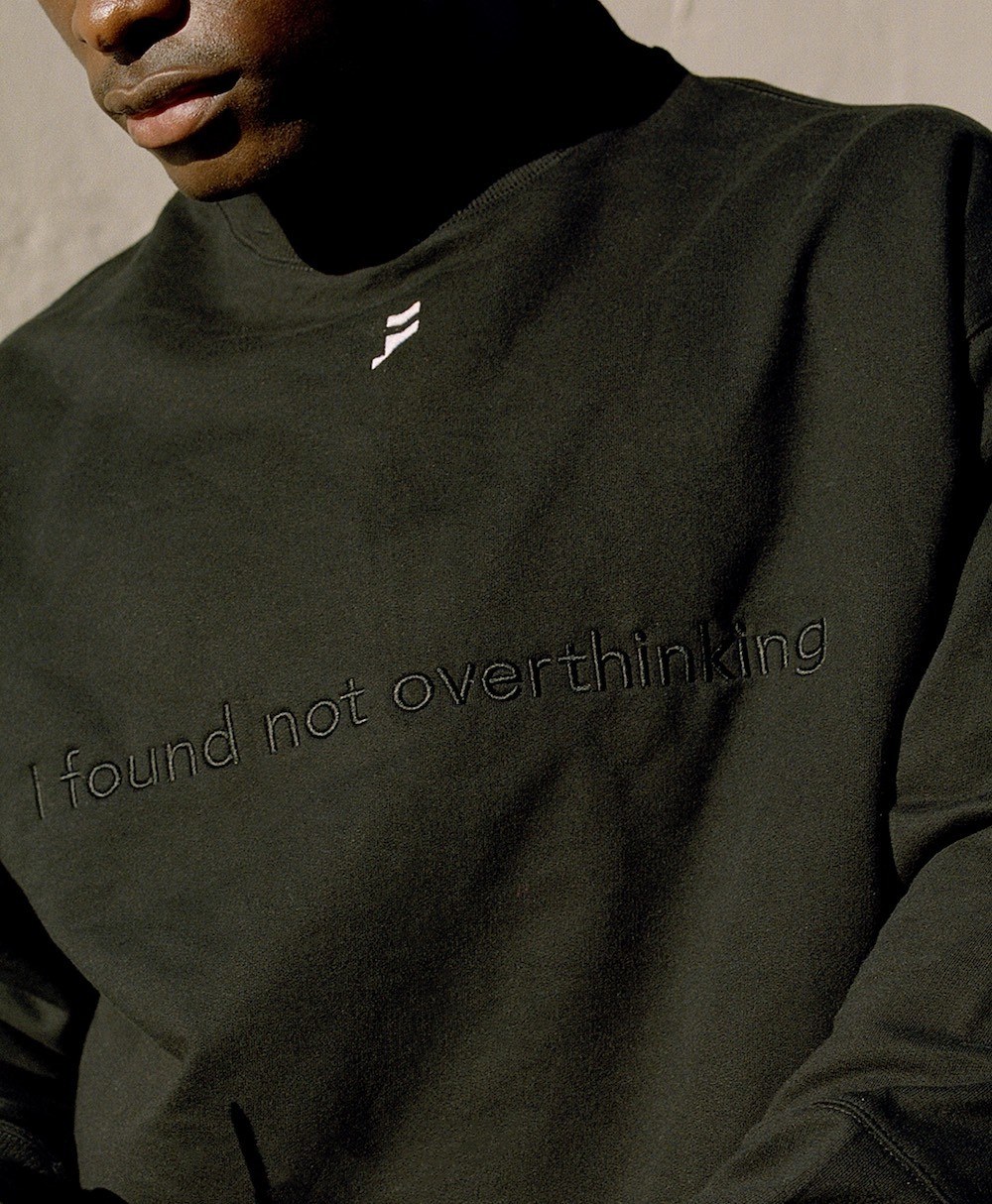

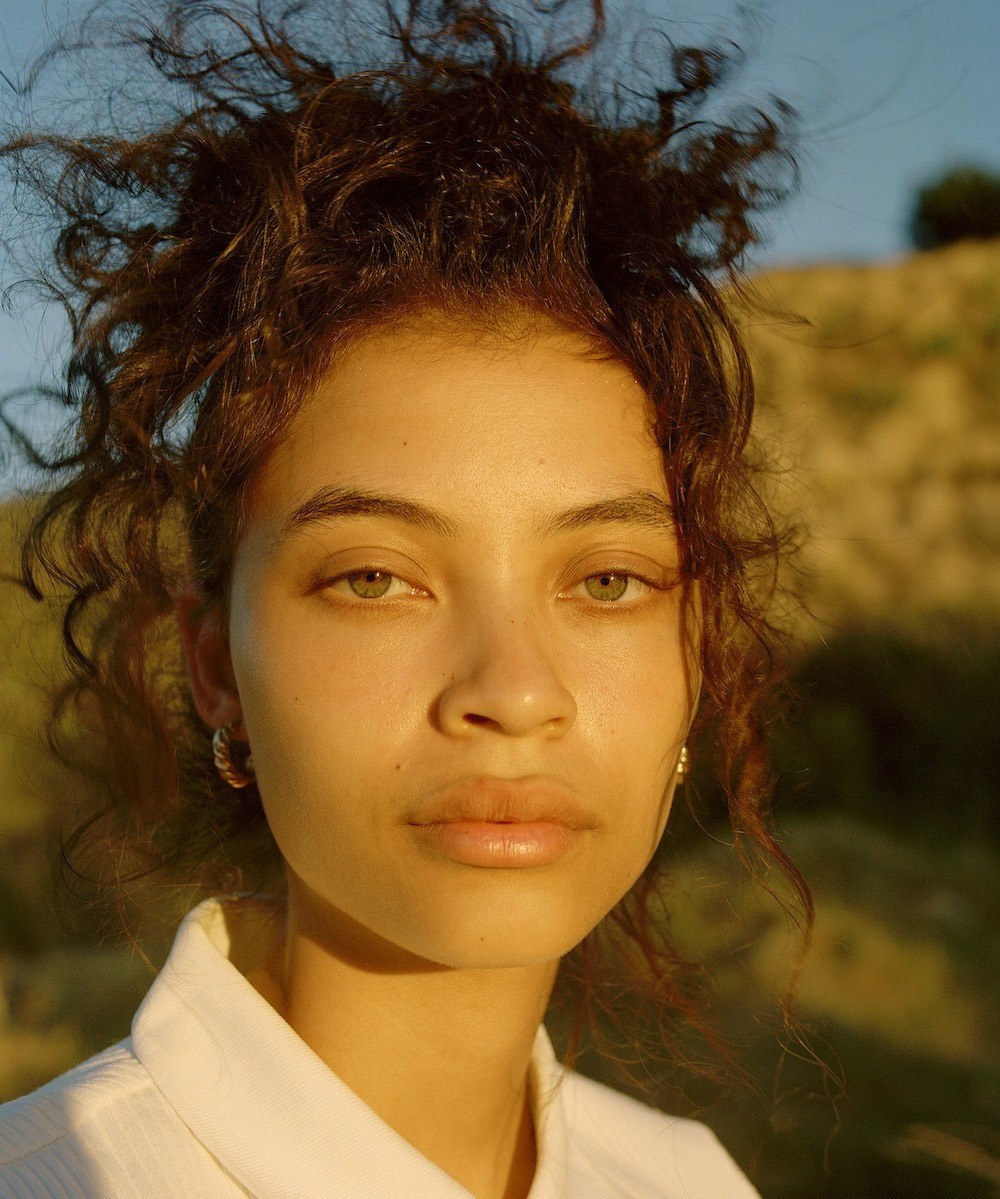

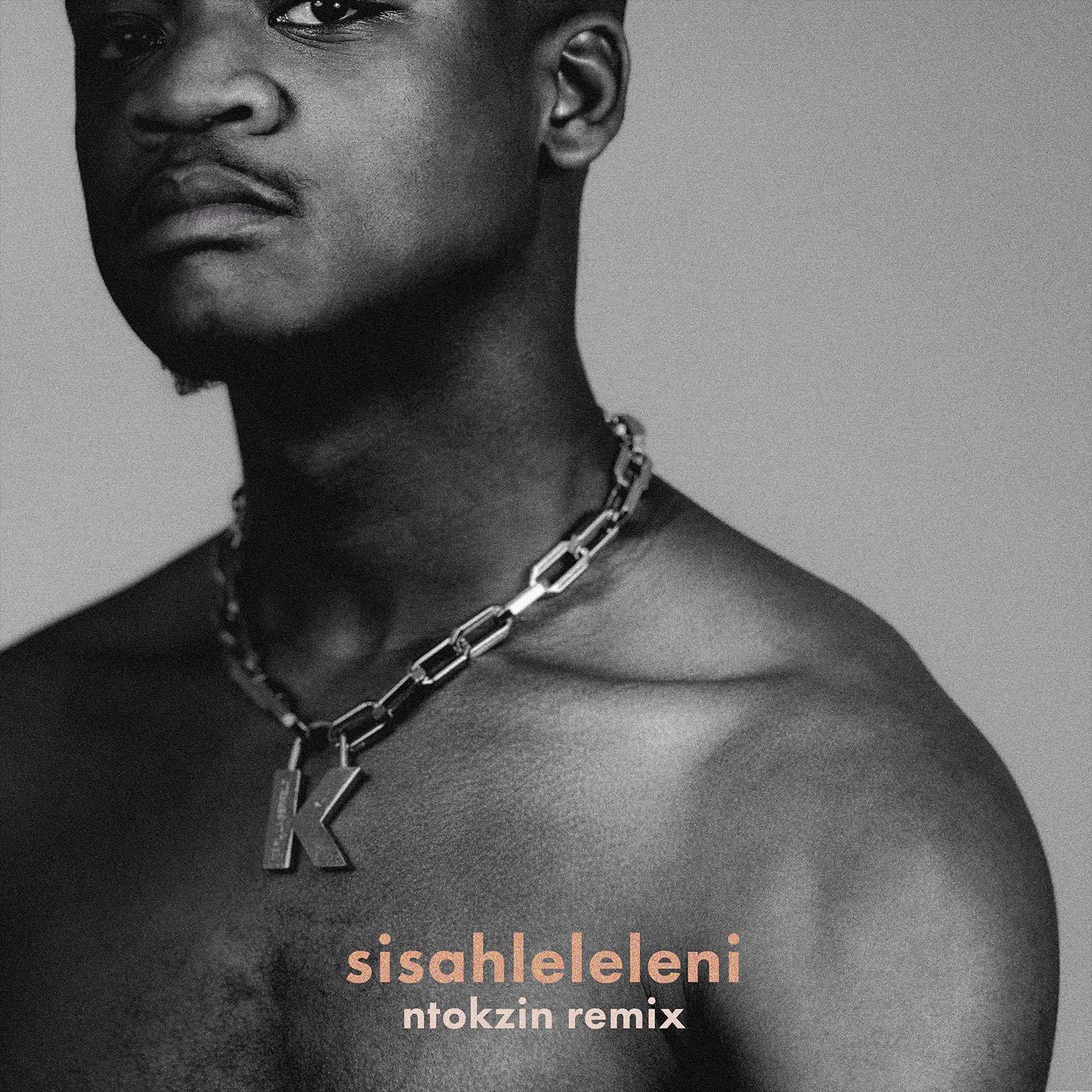


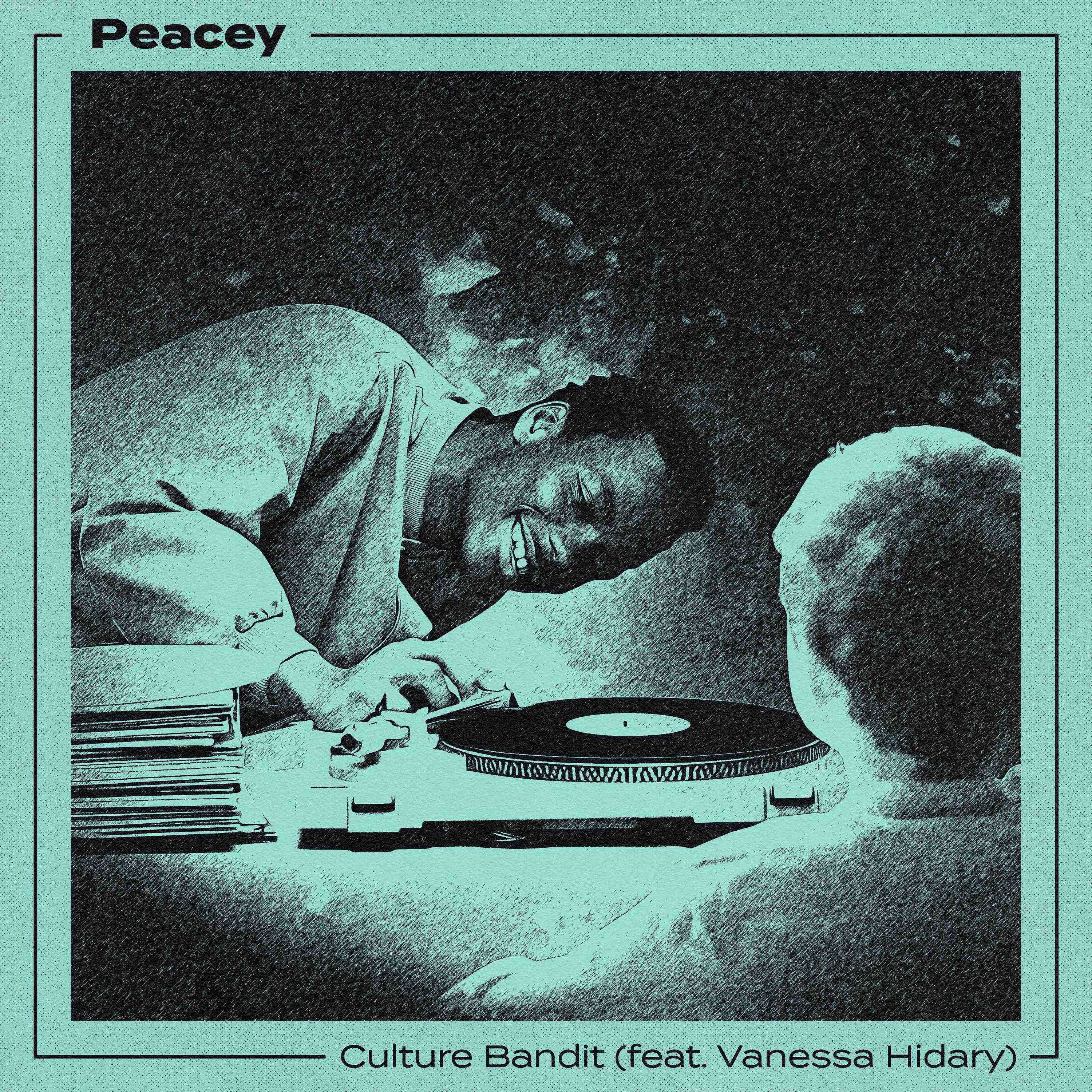

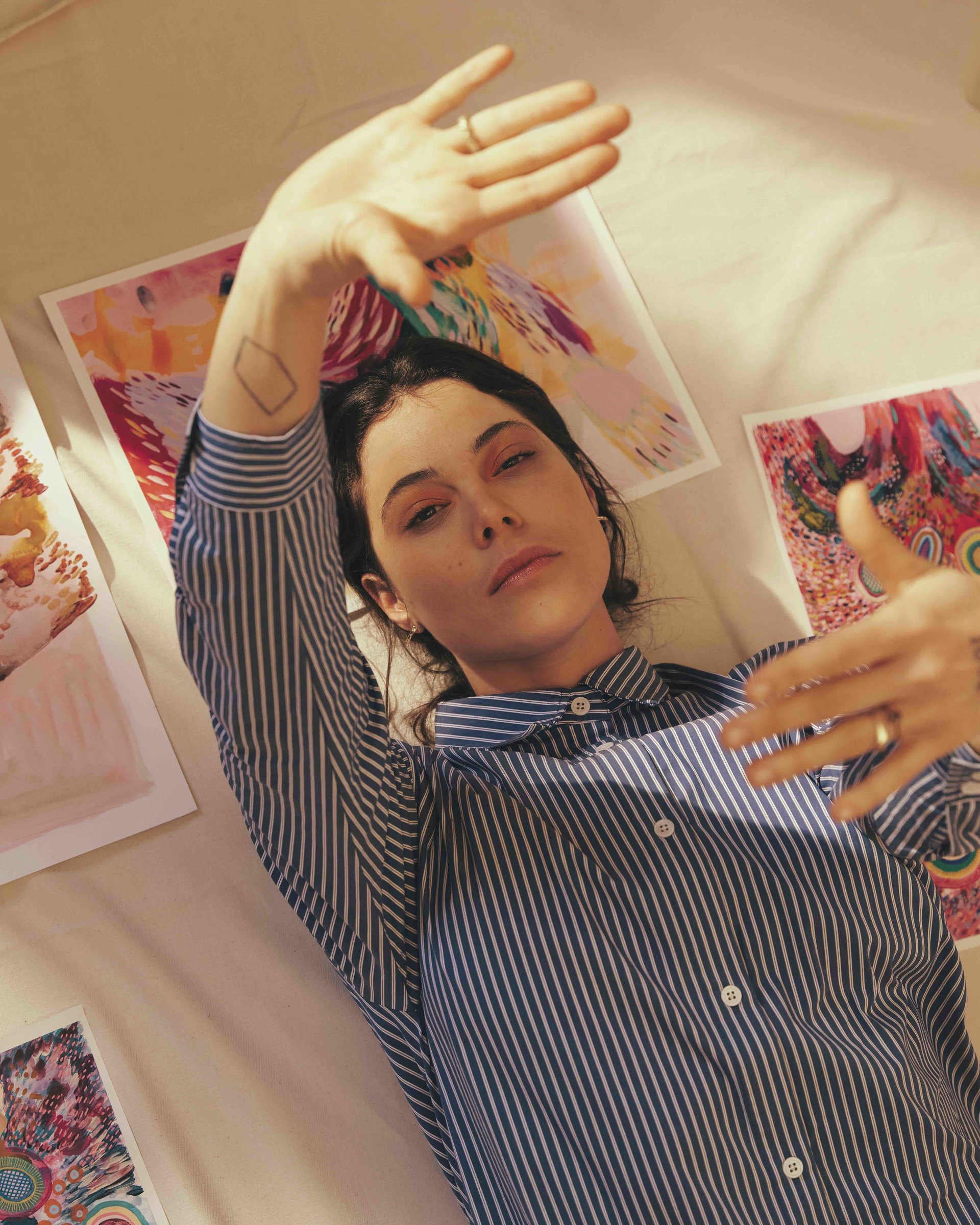
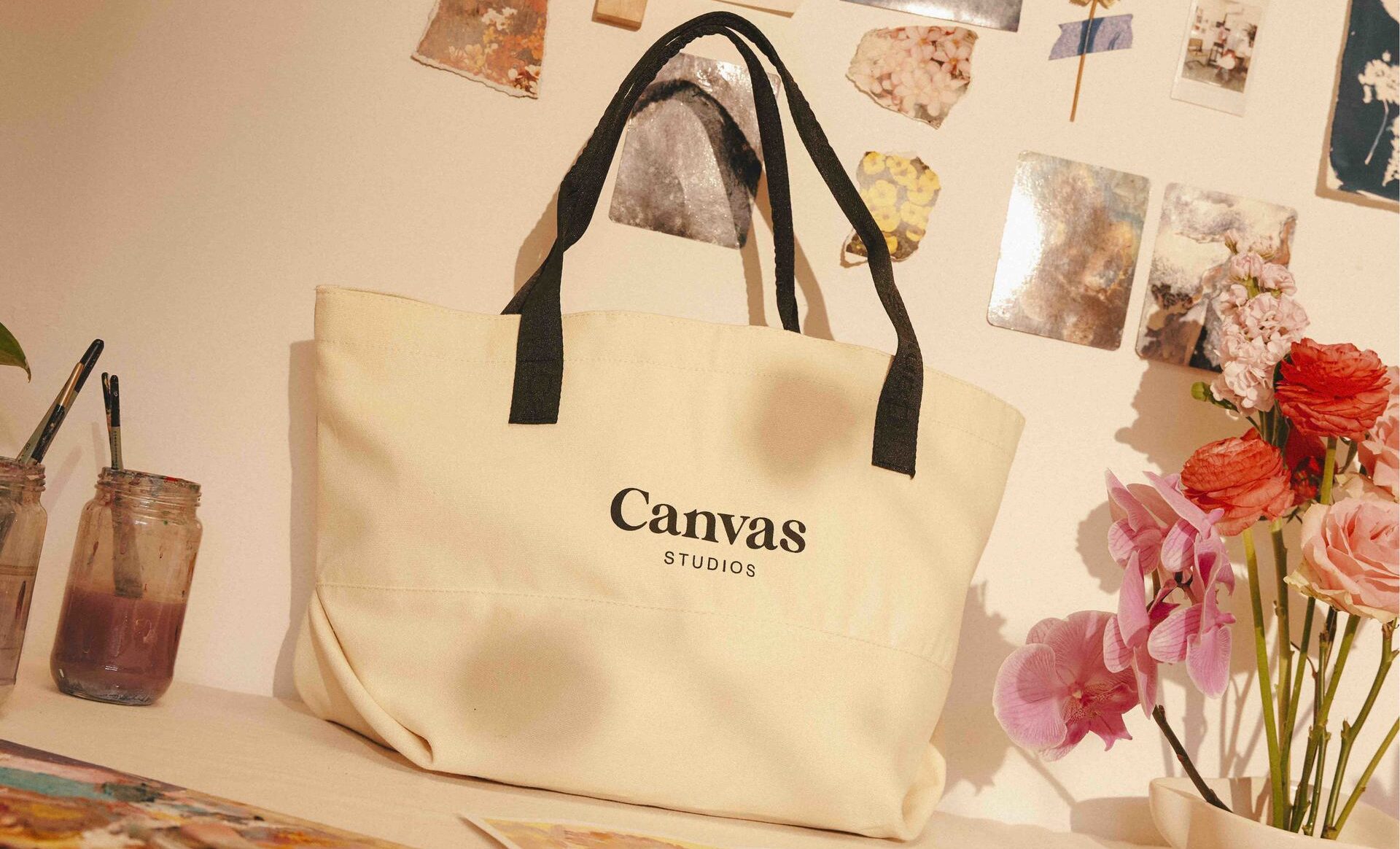
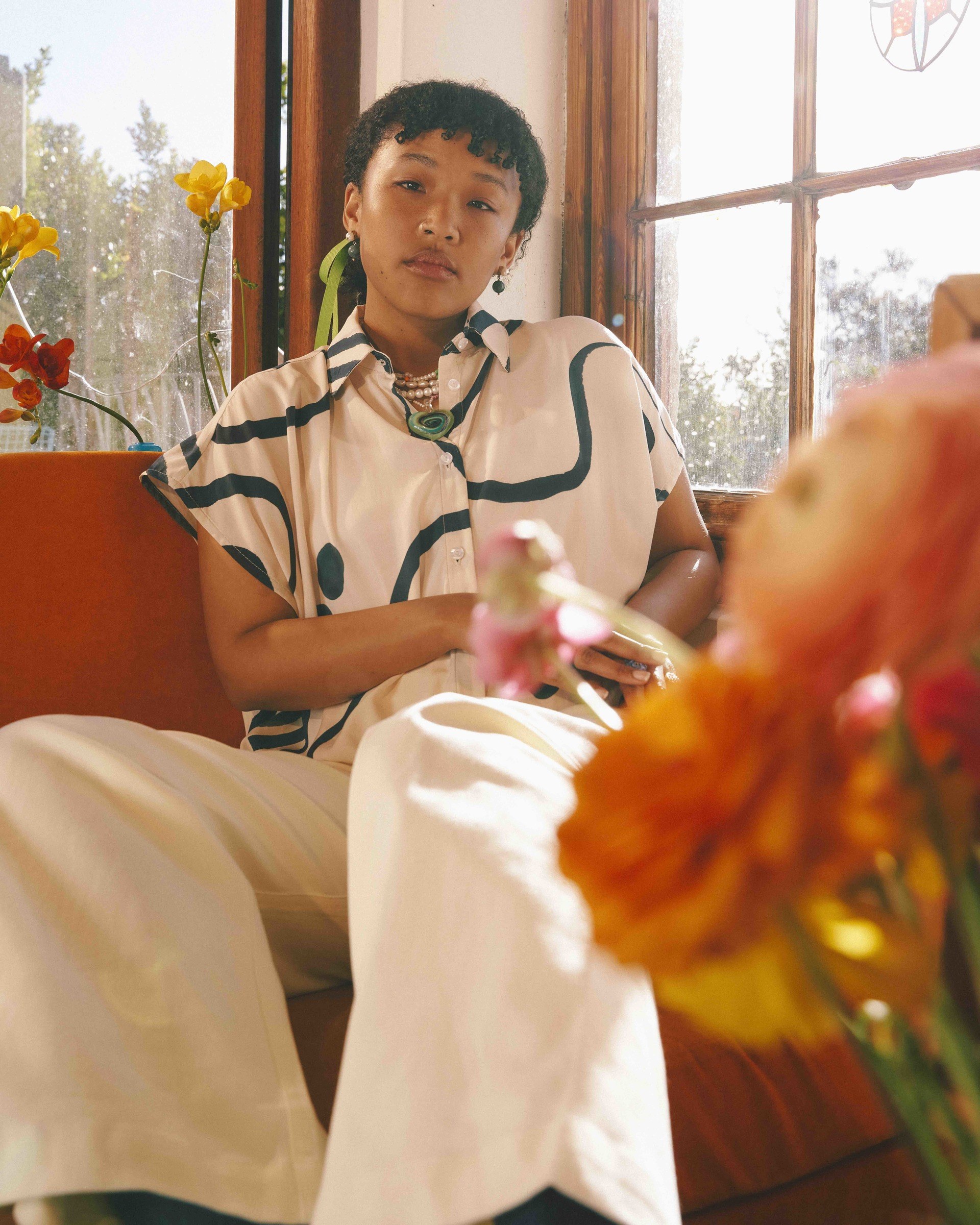
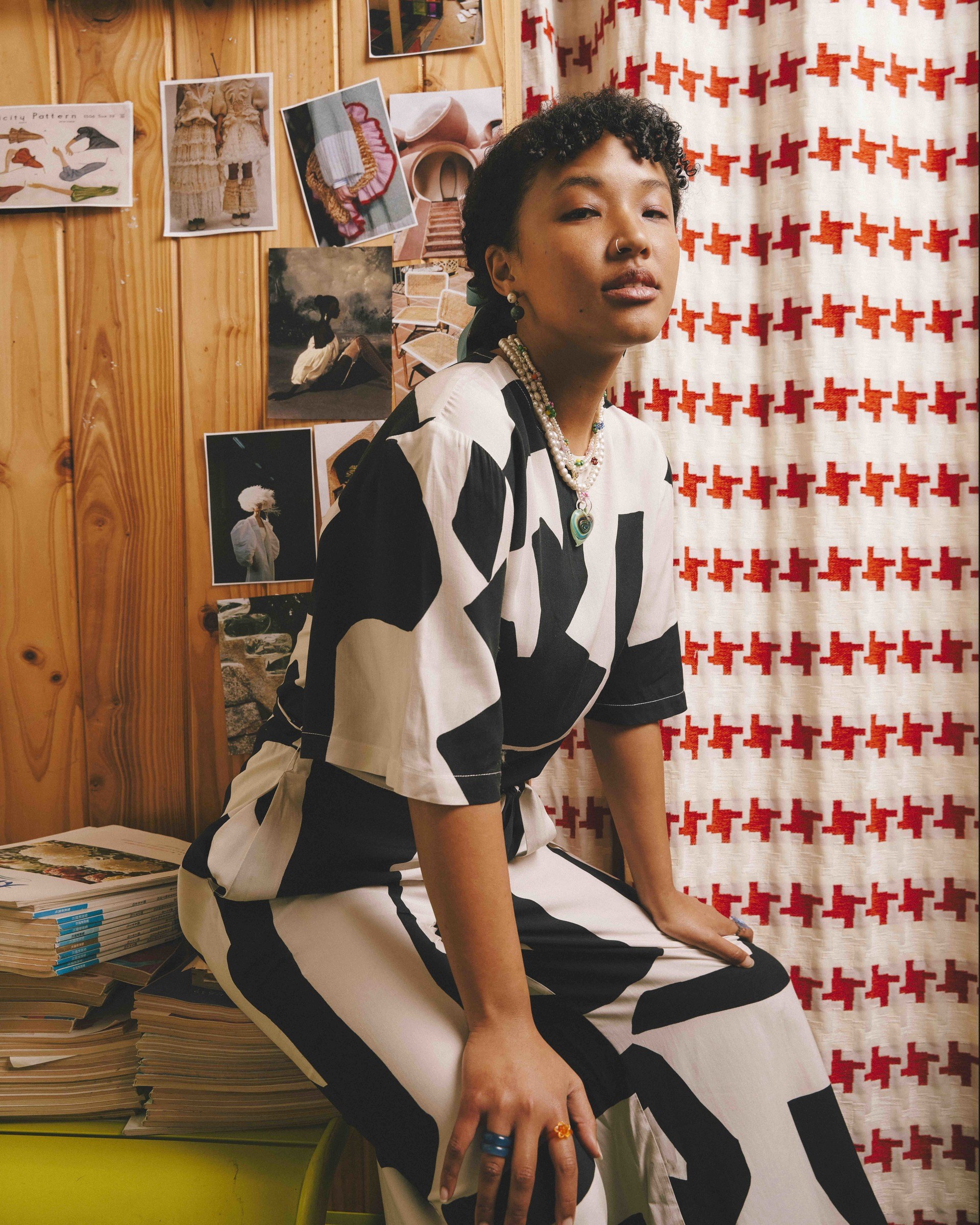
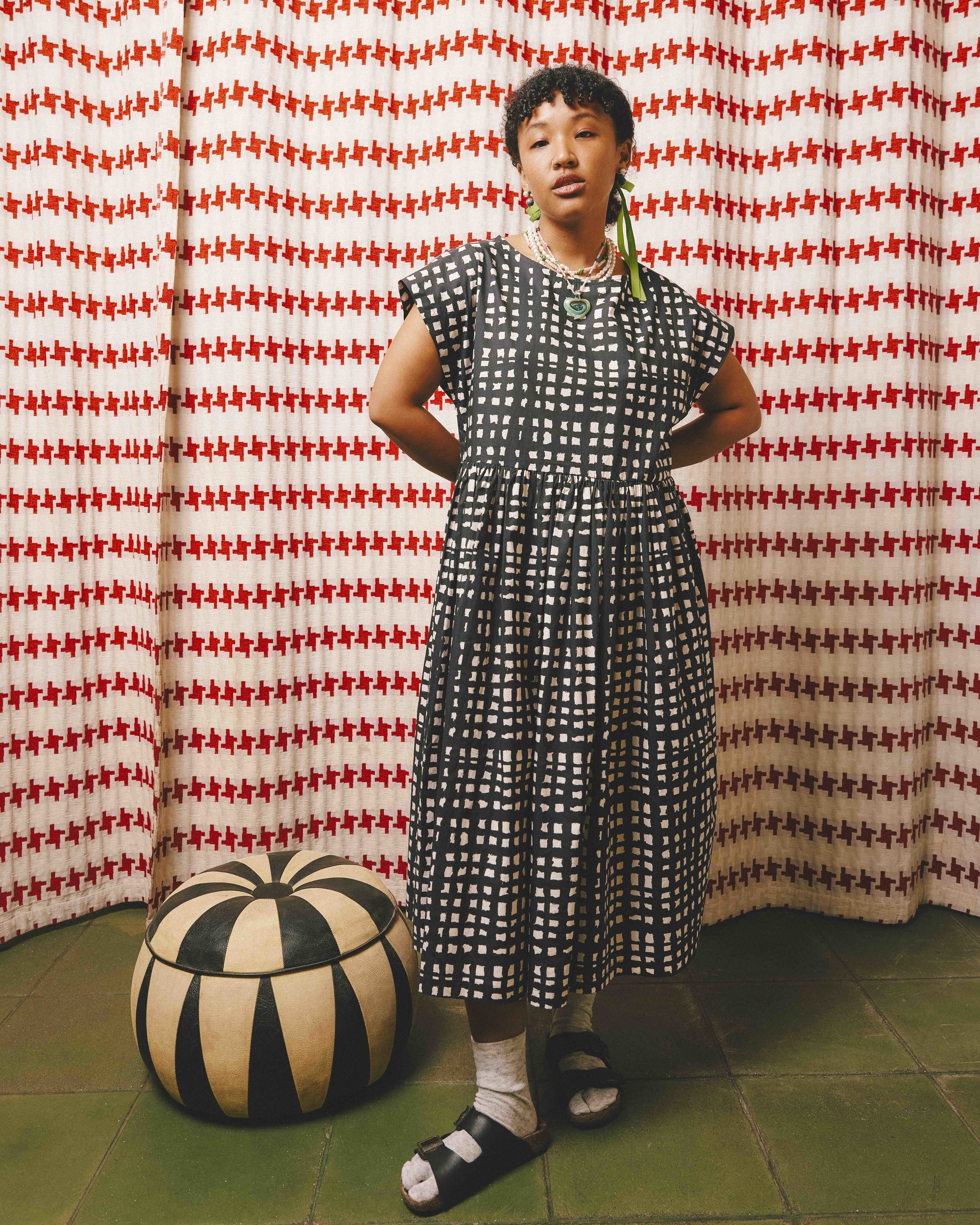
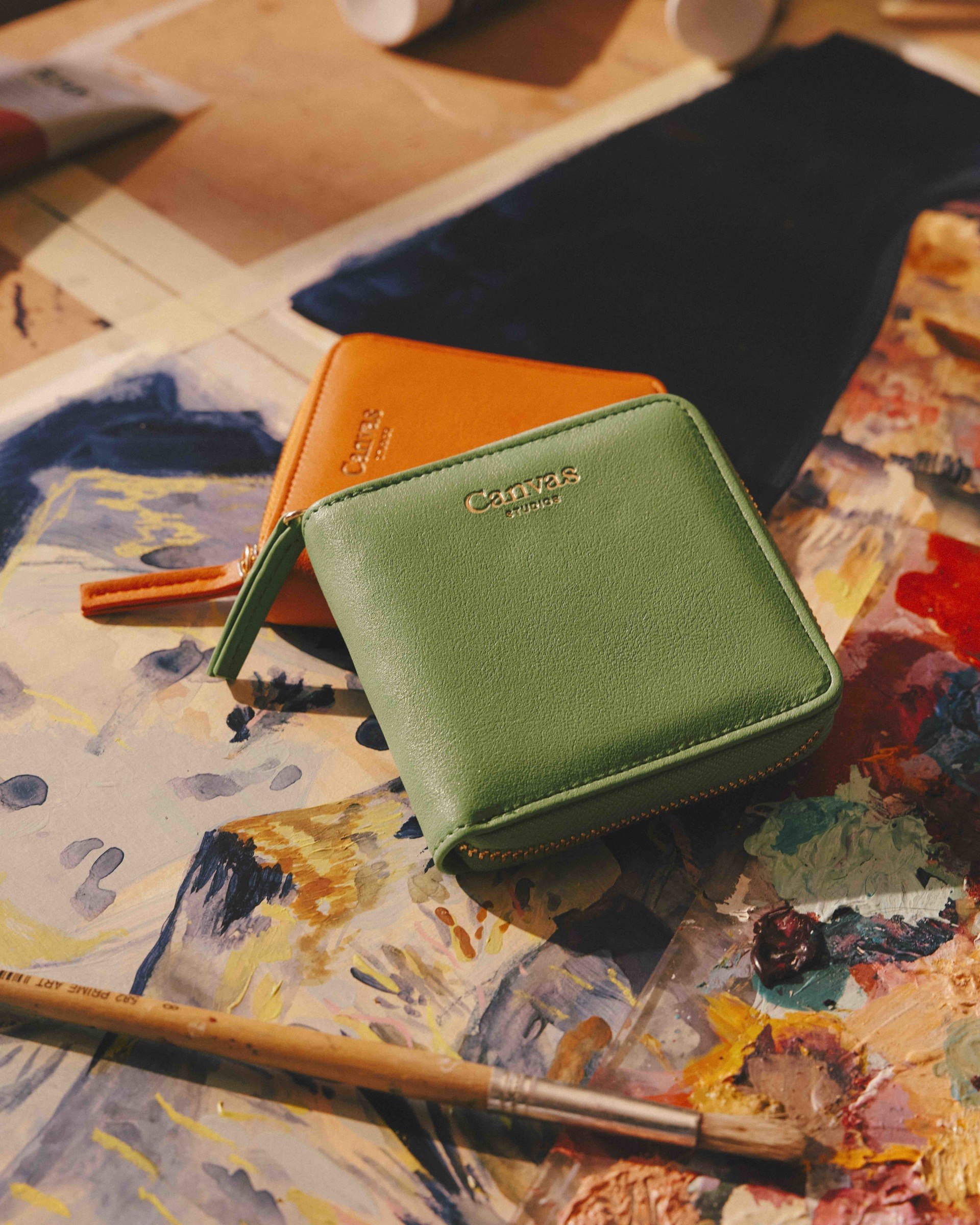
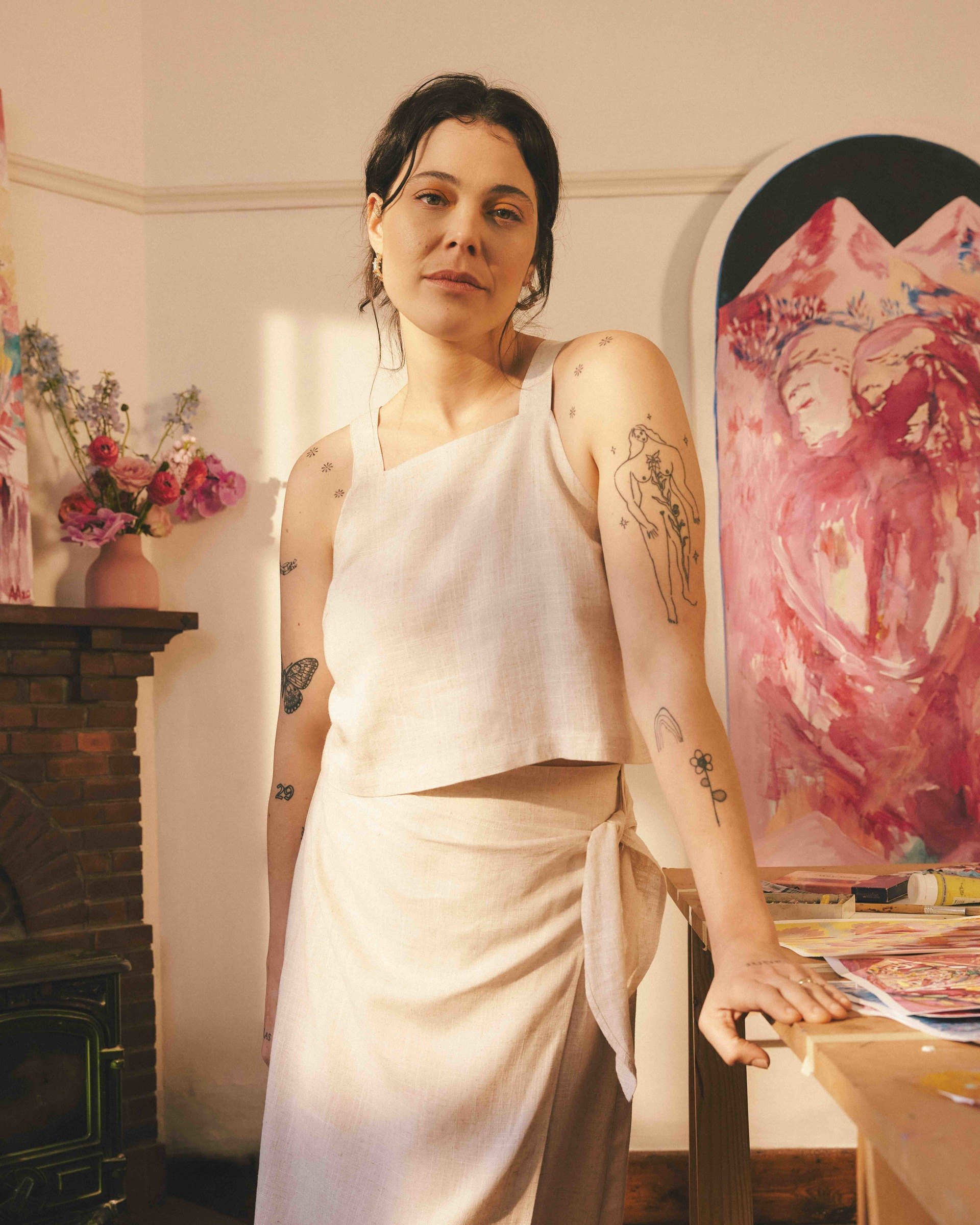
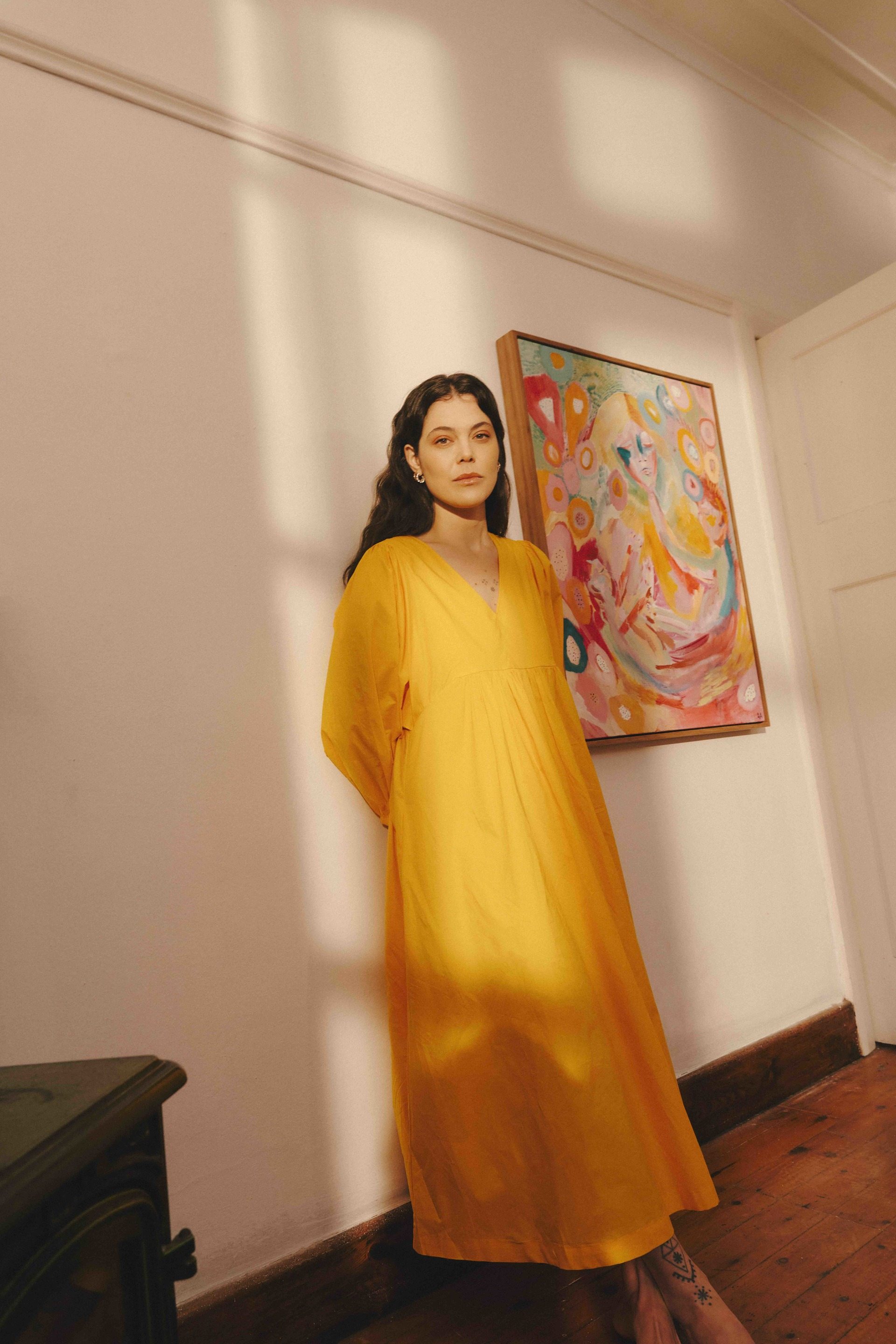
Recent Comments